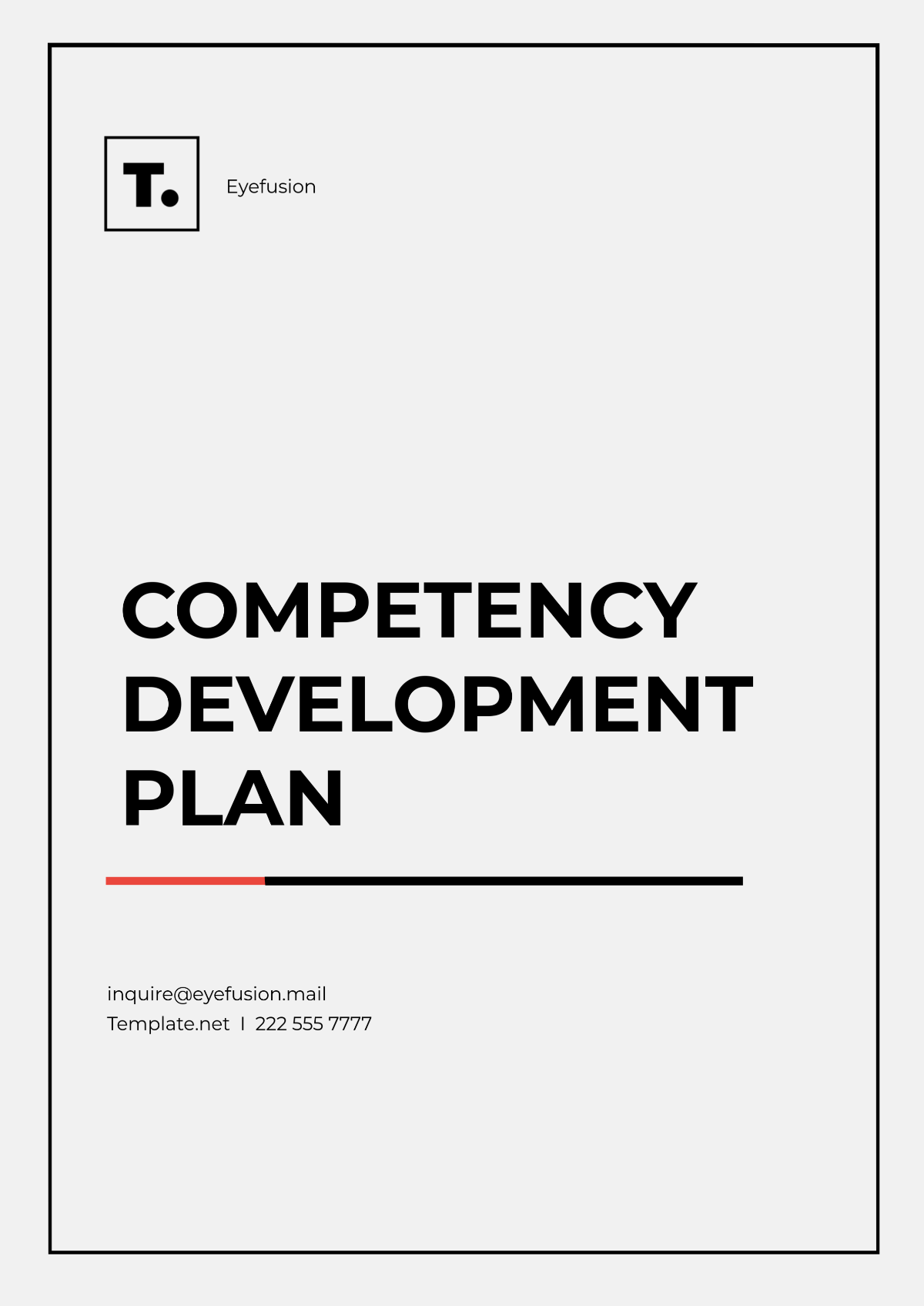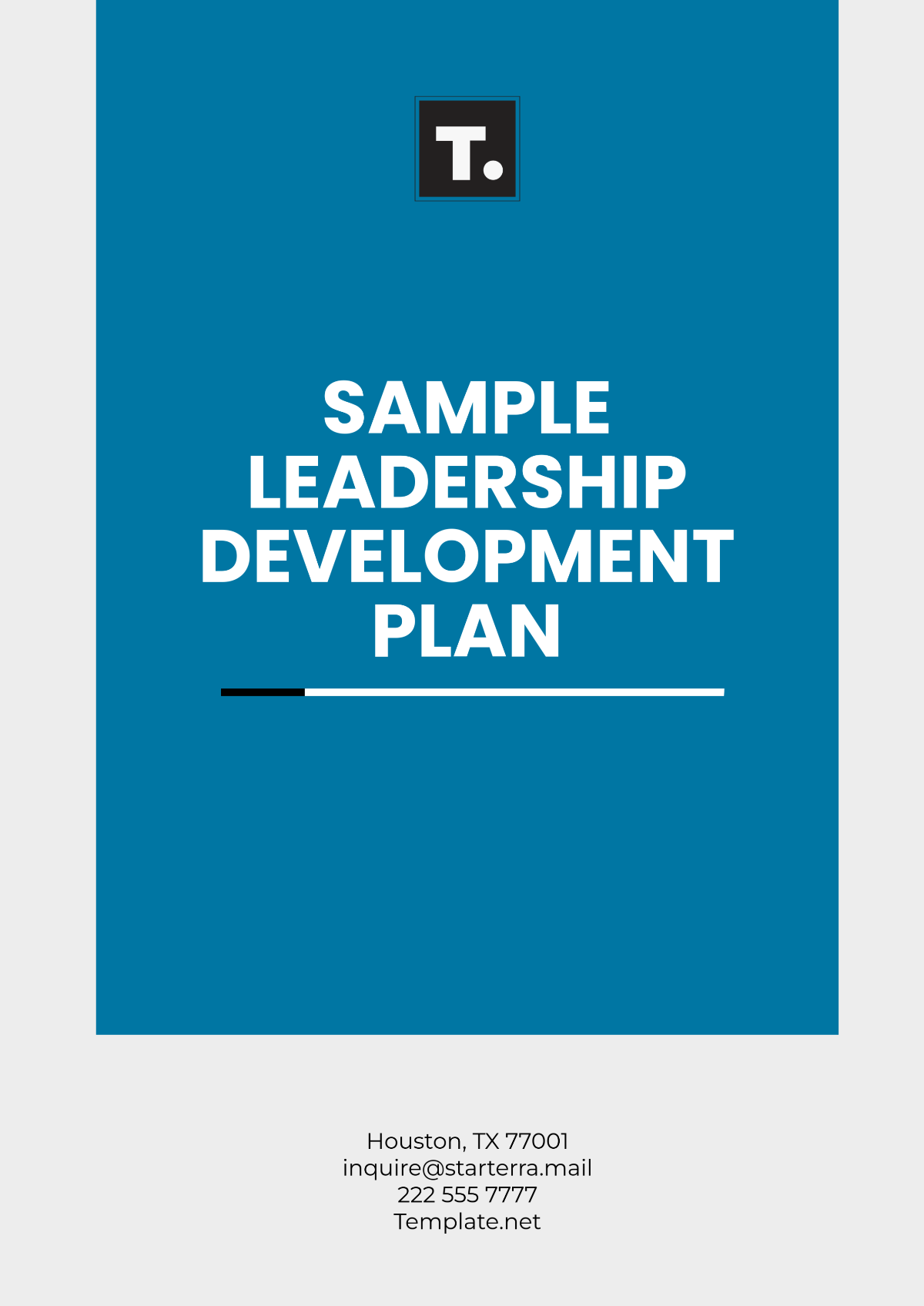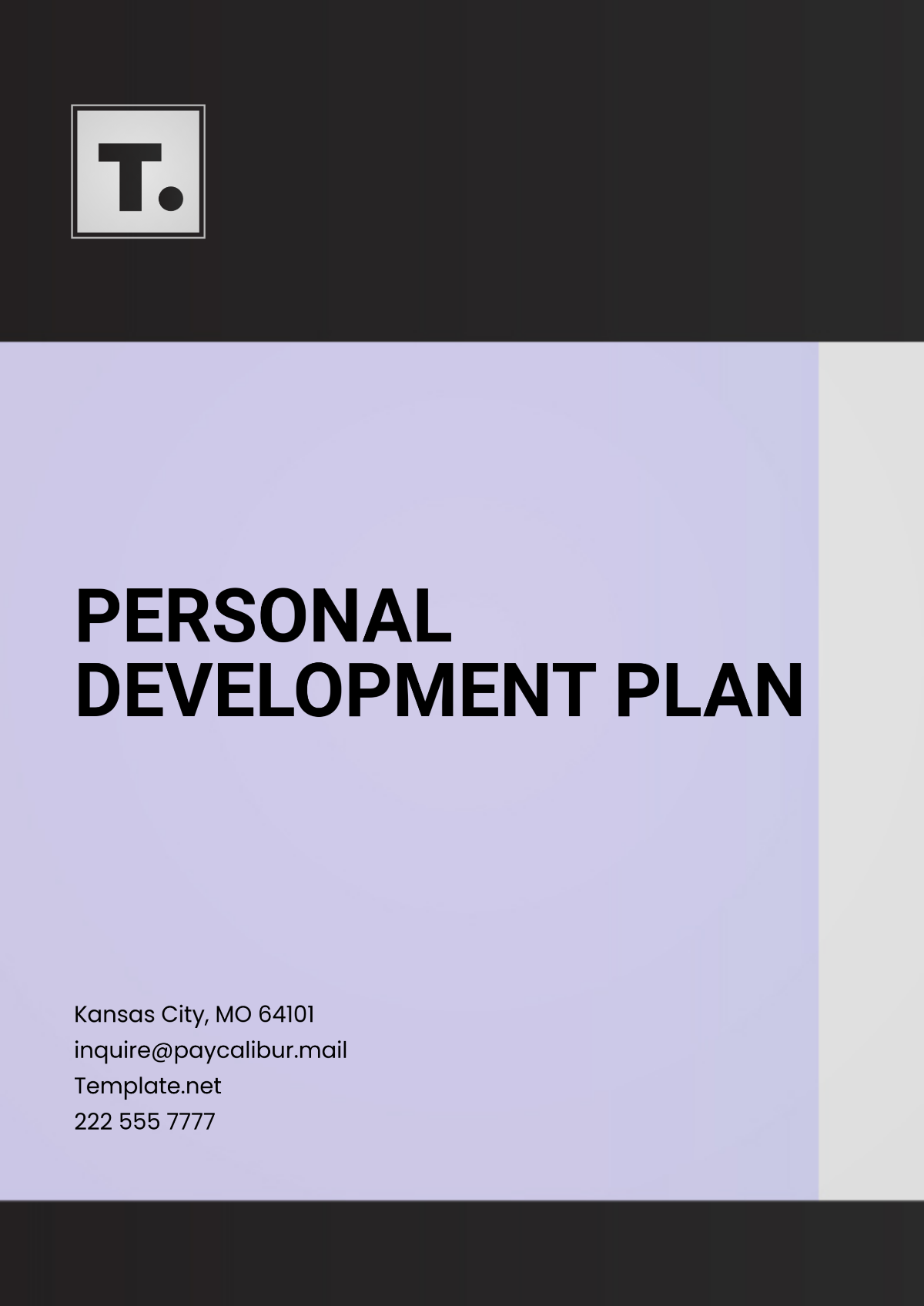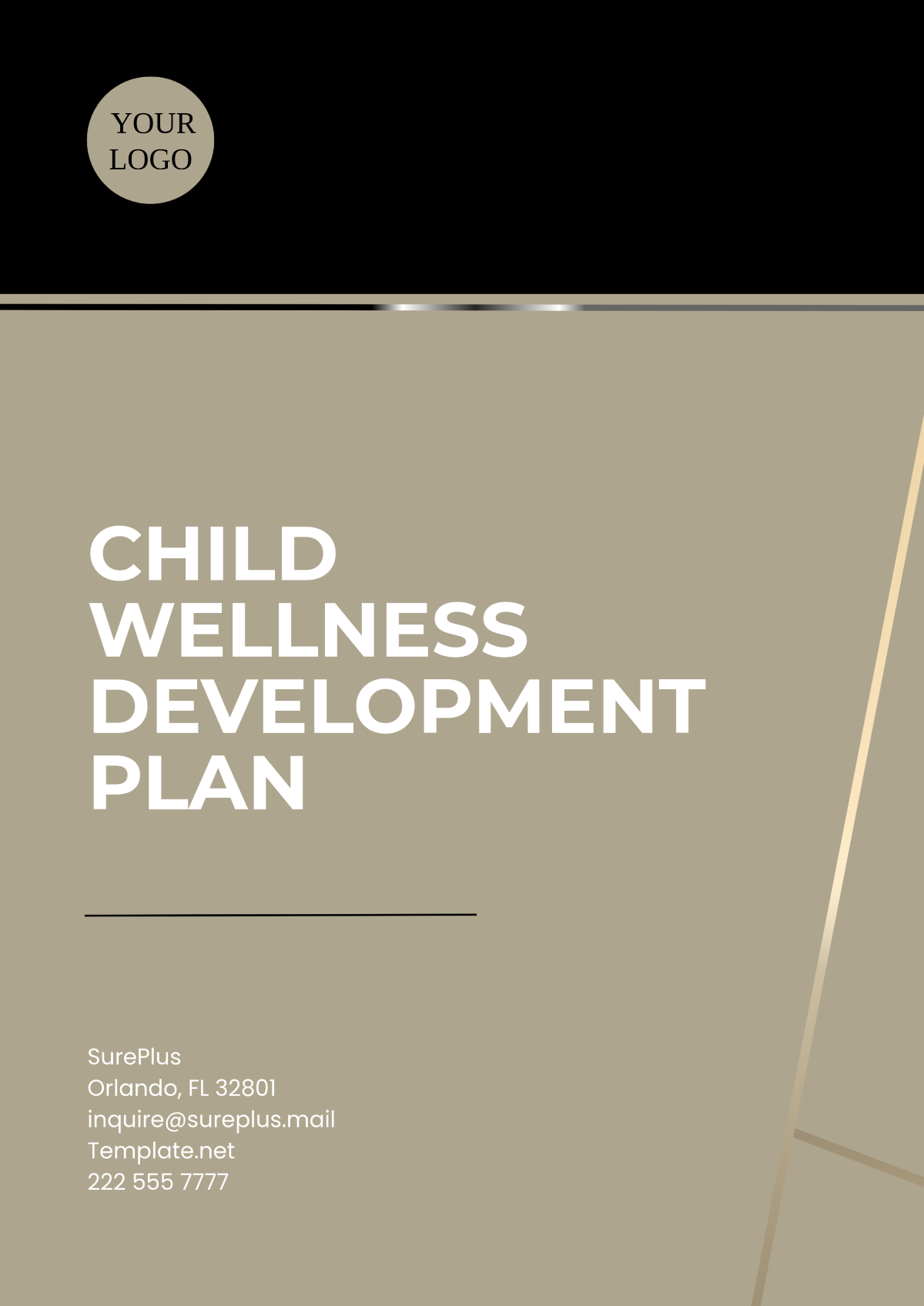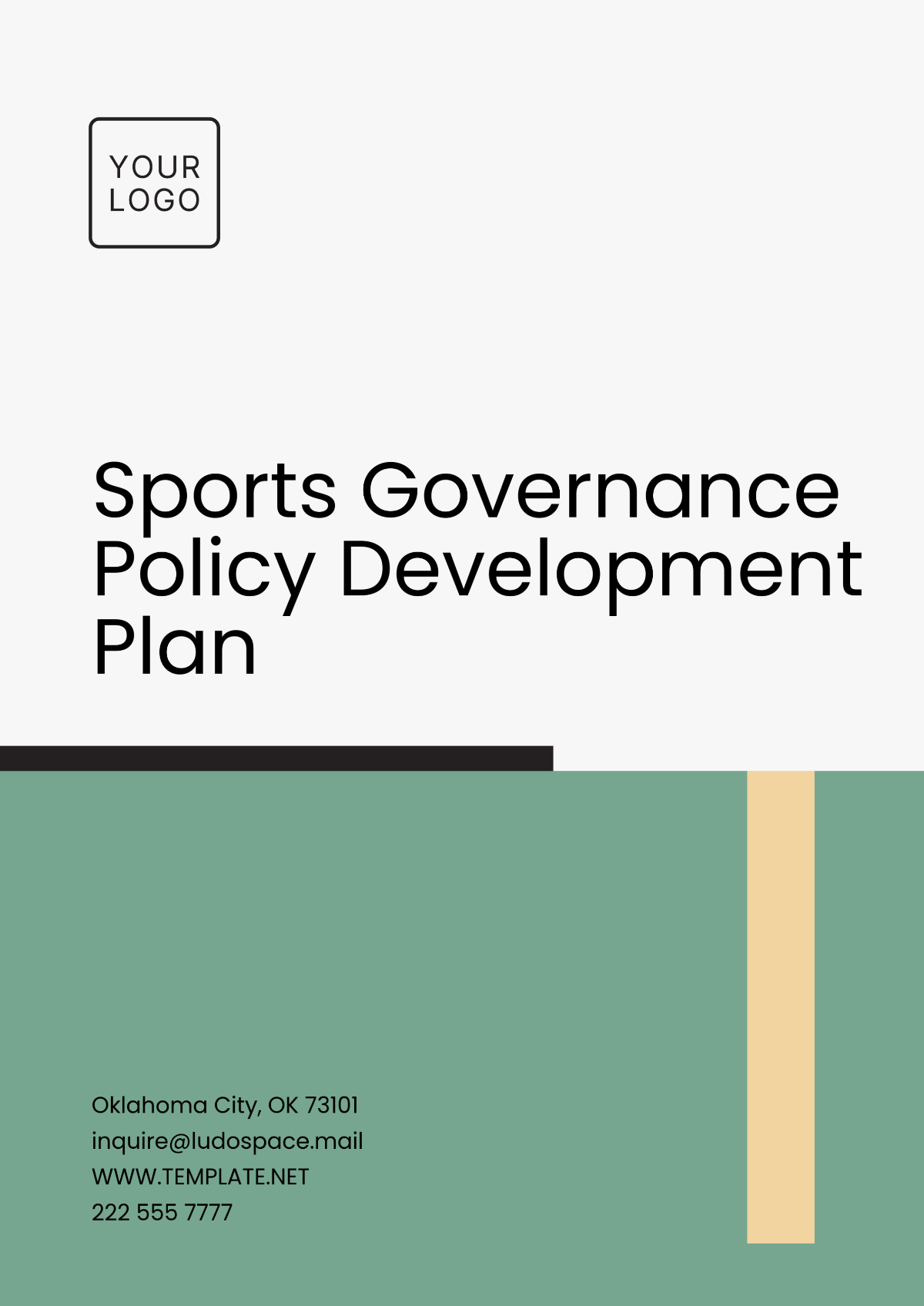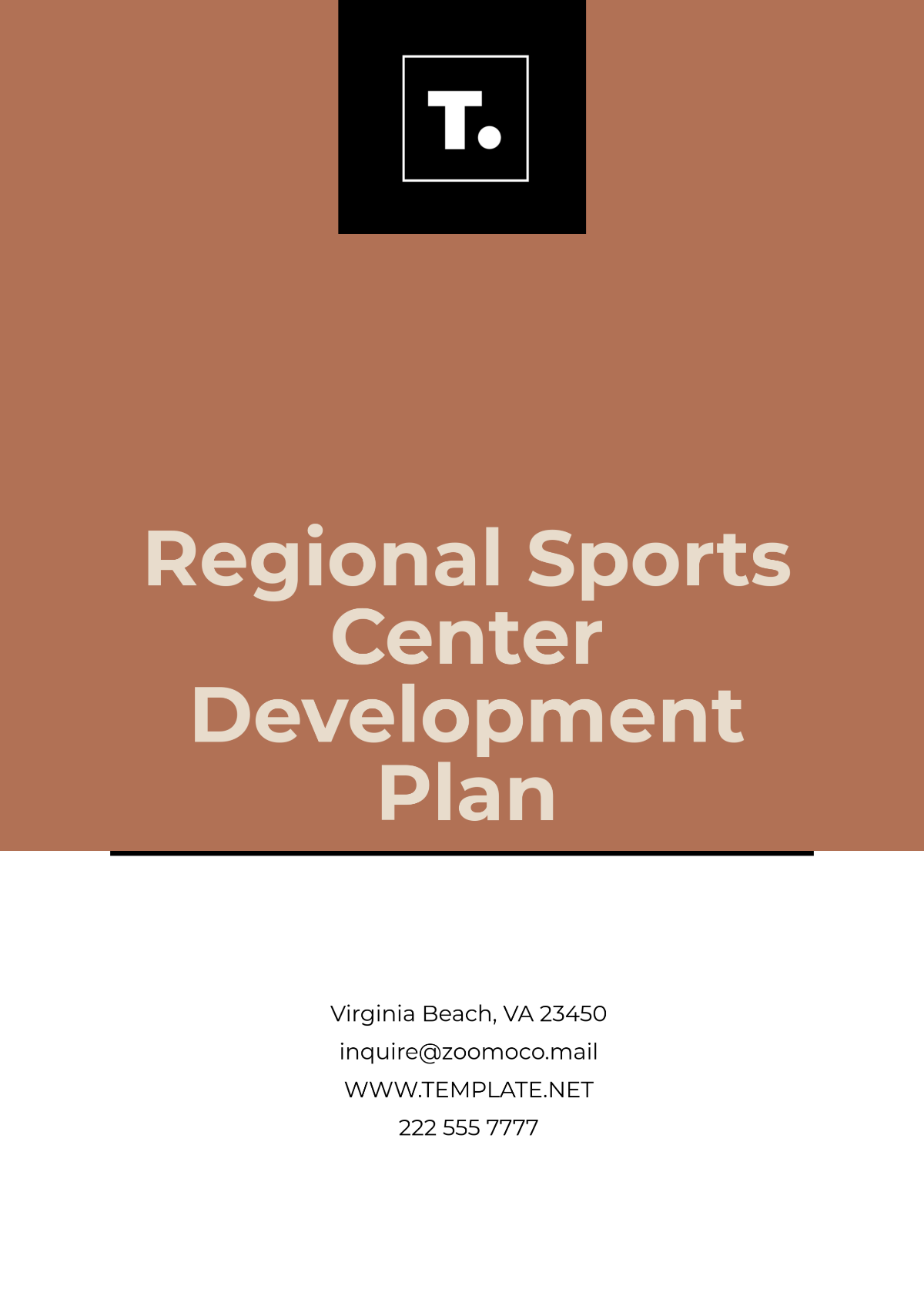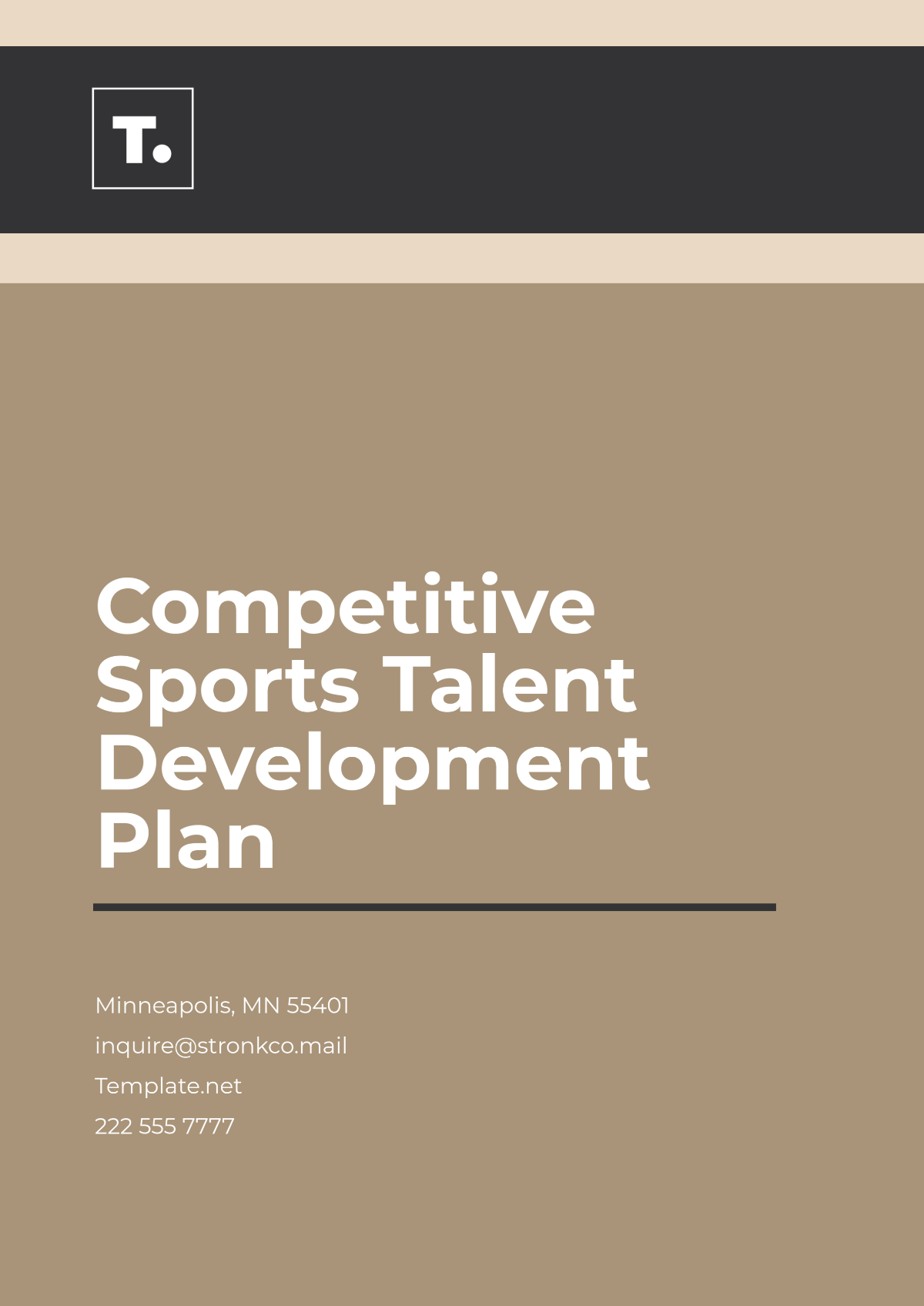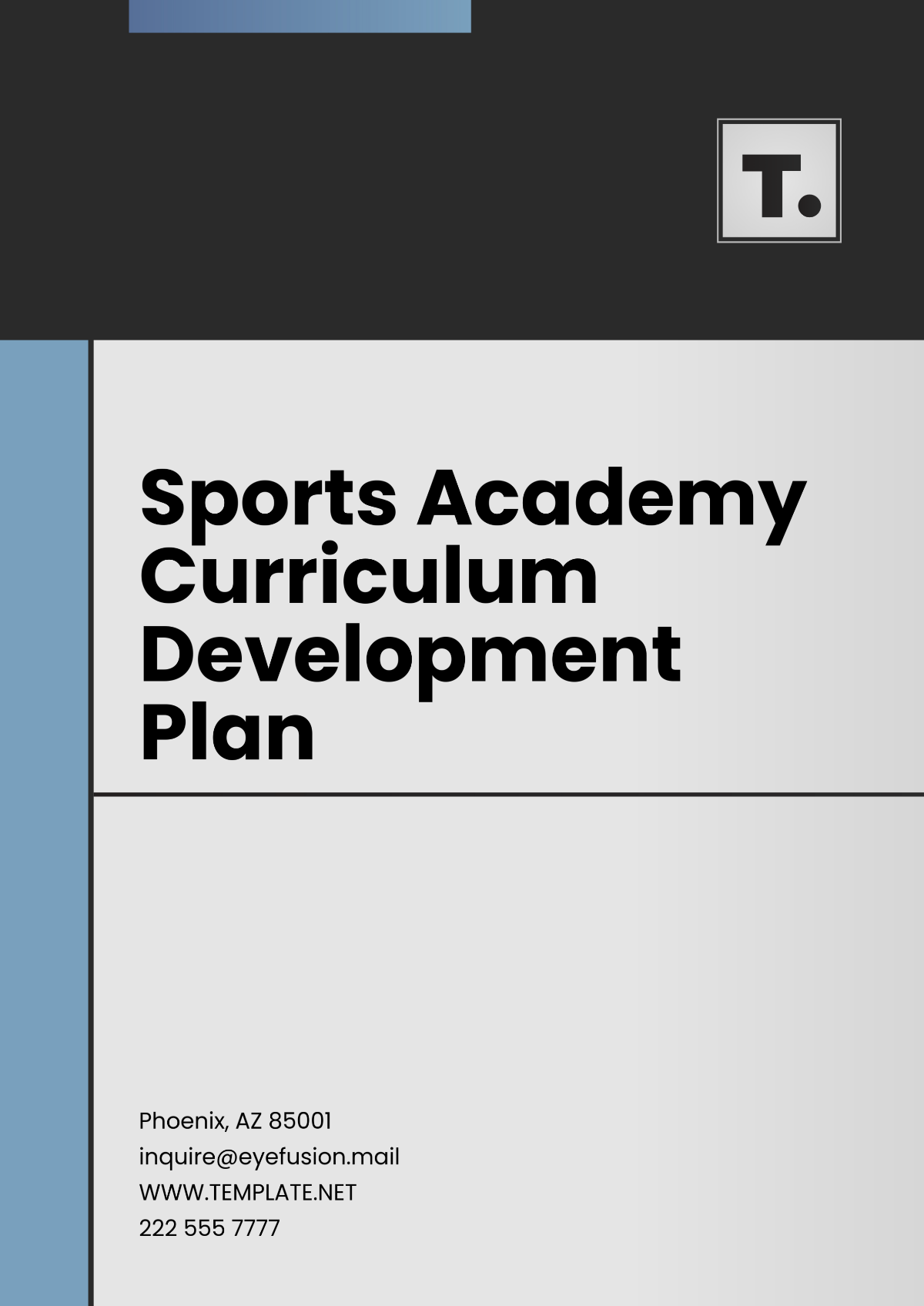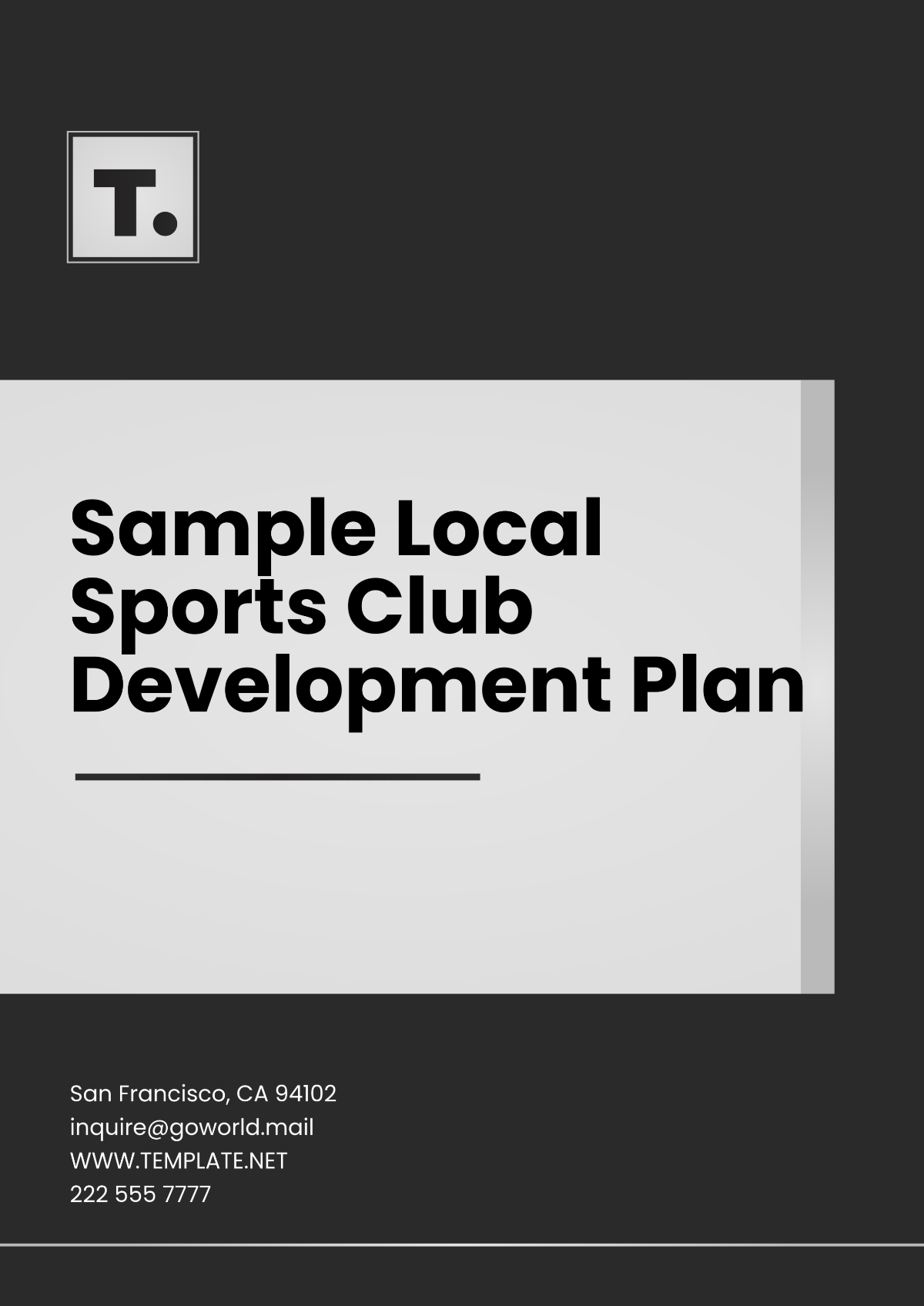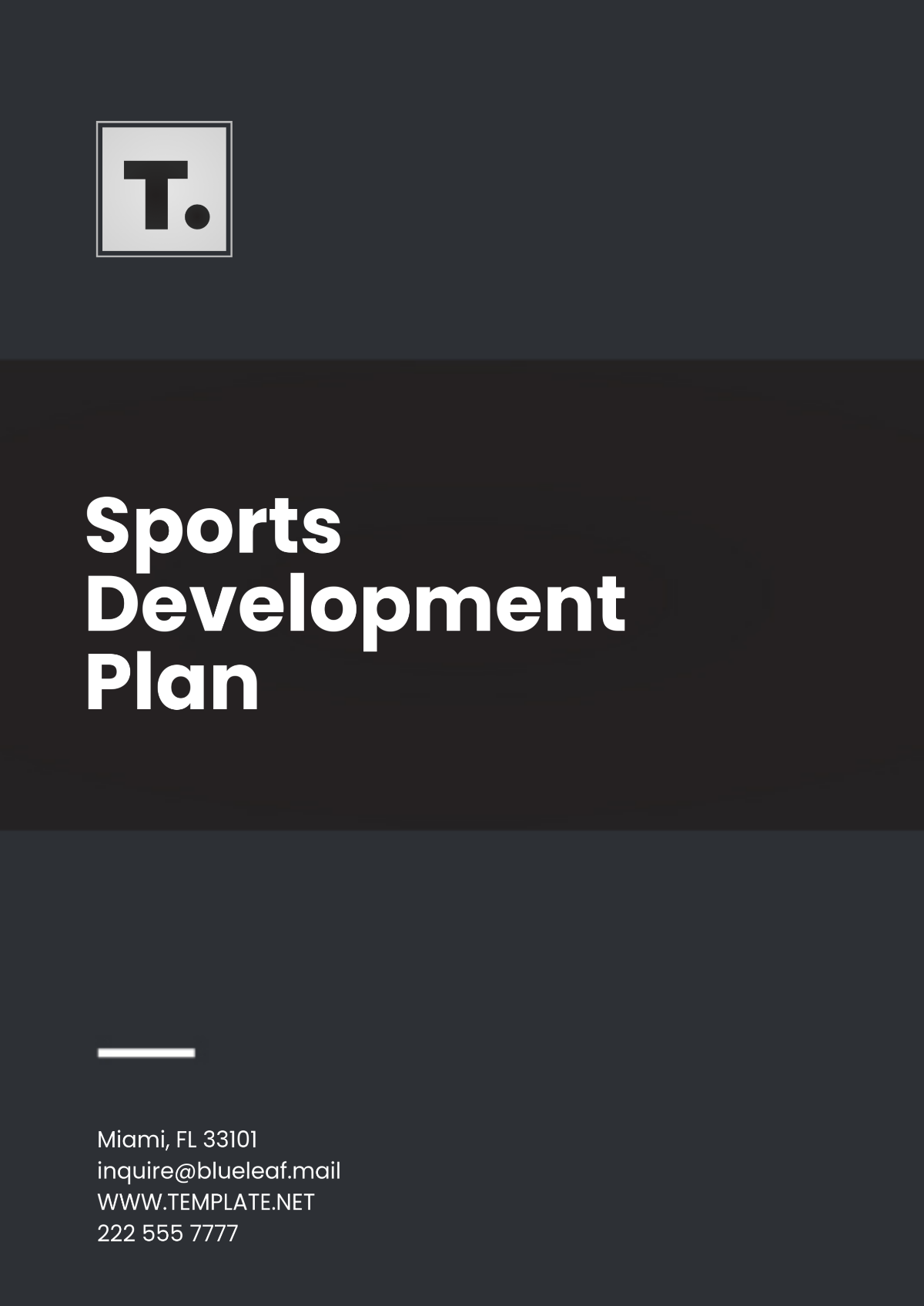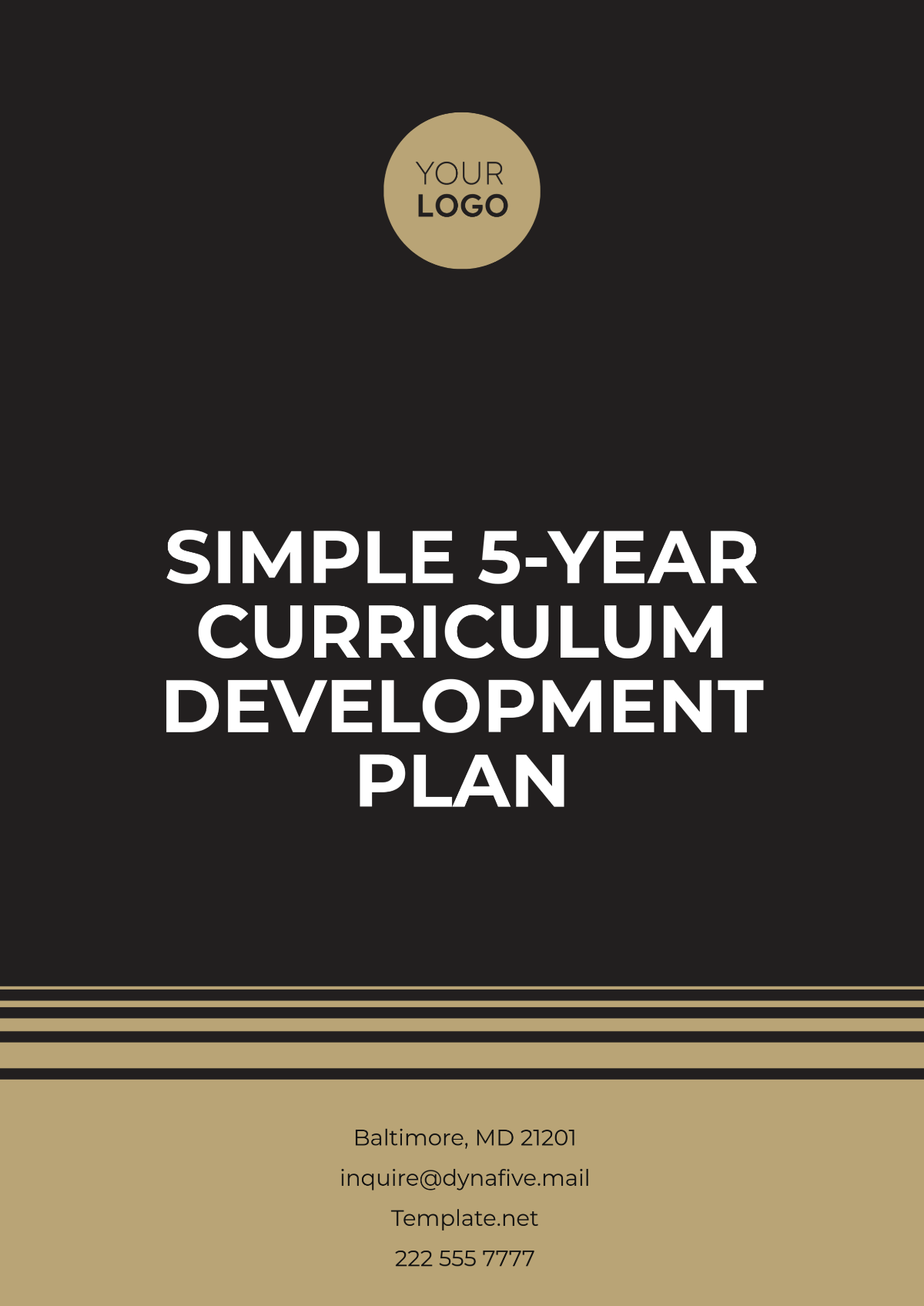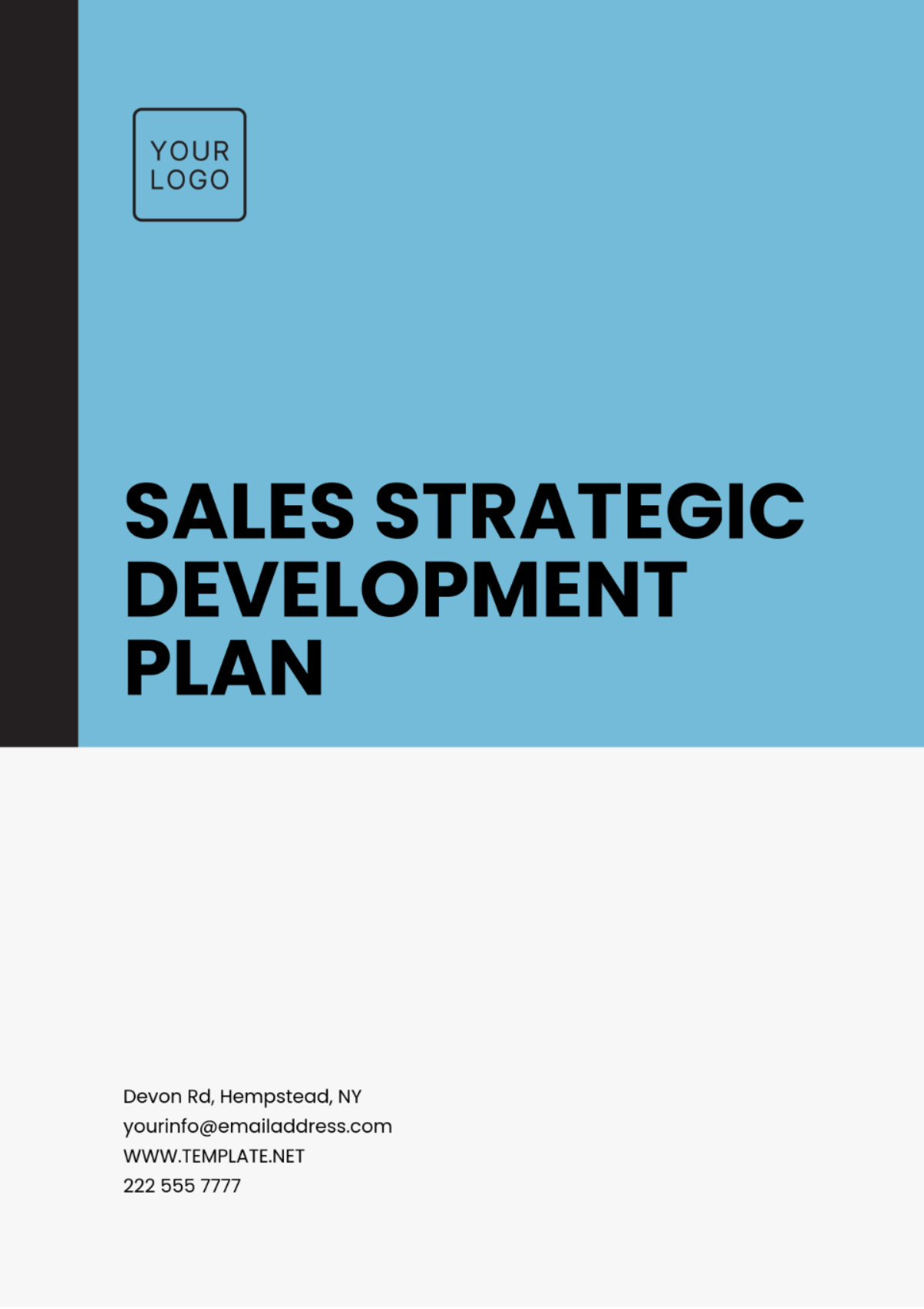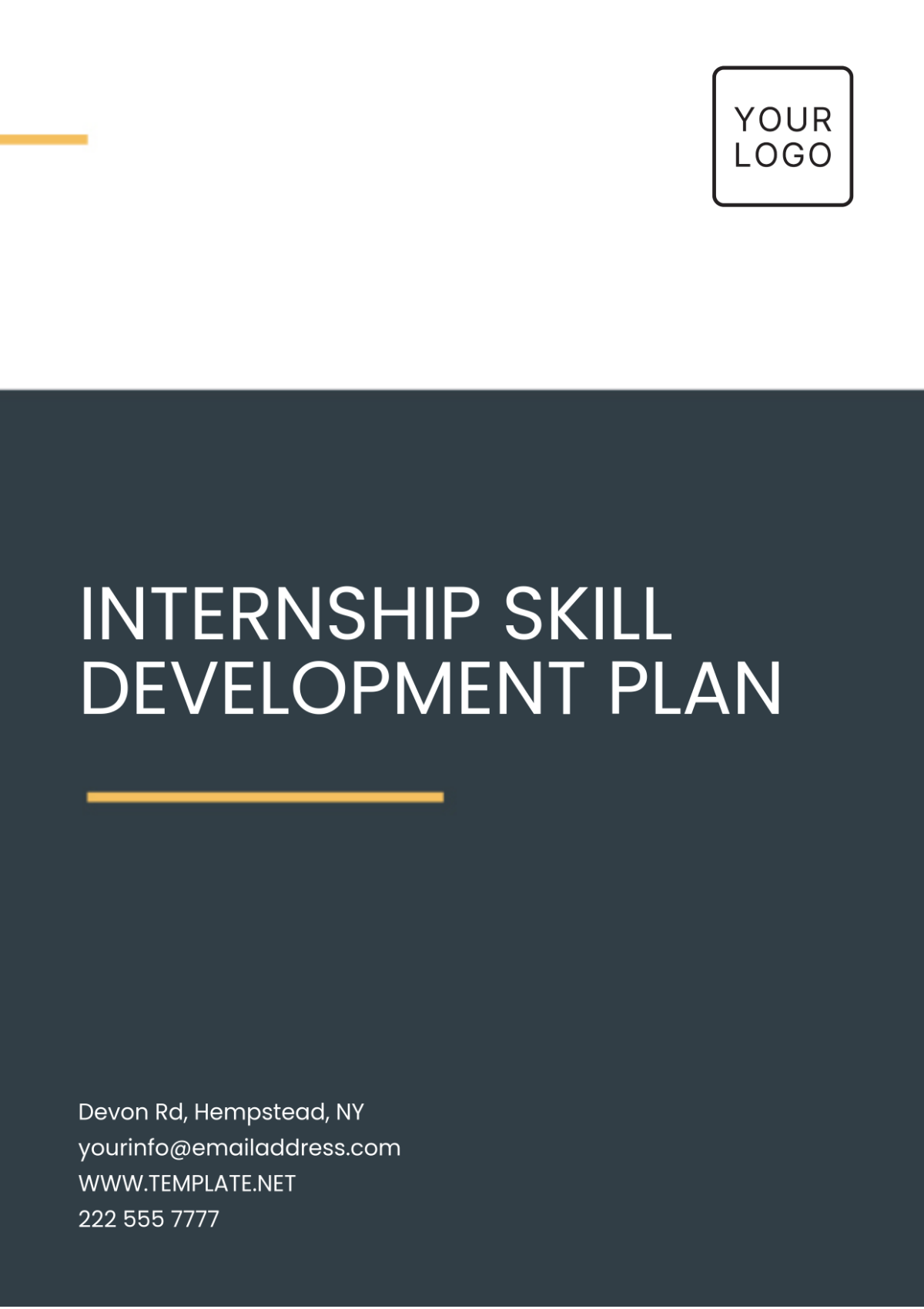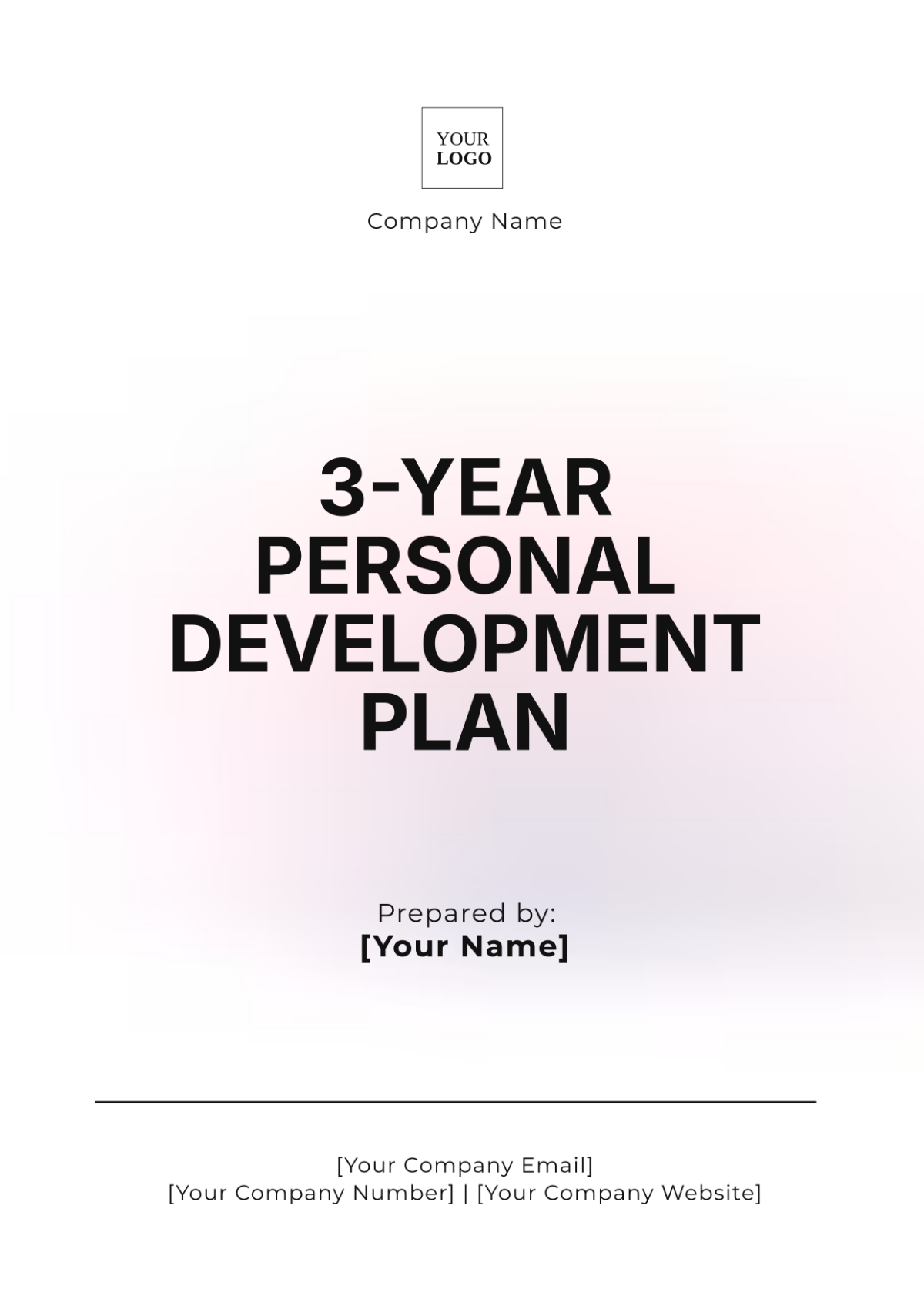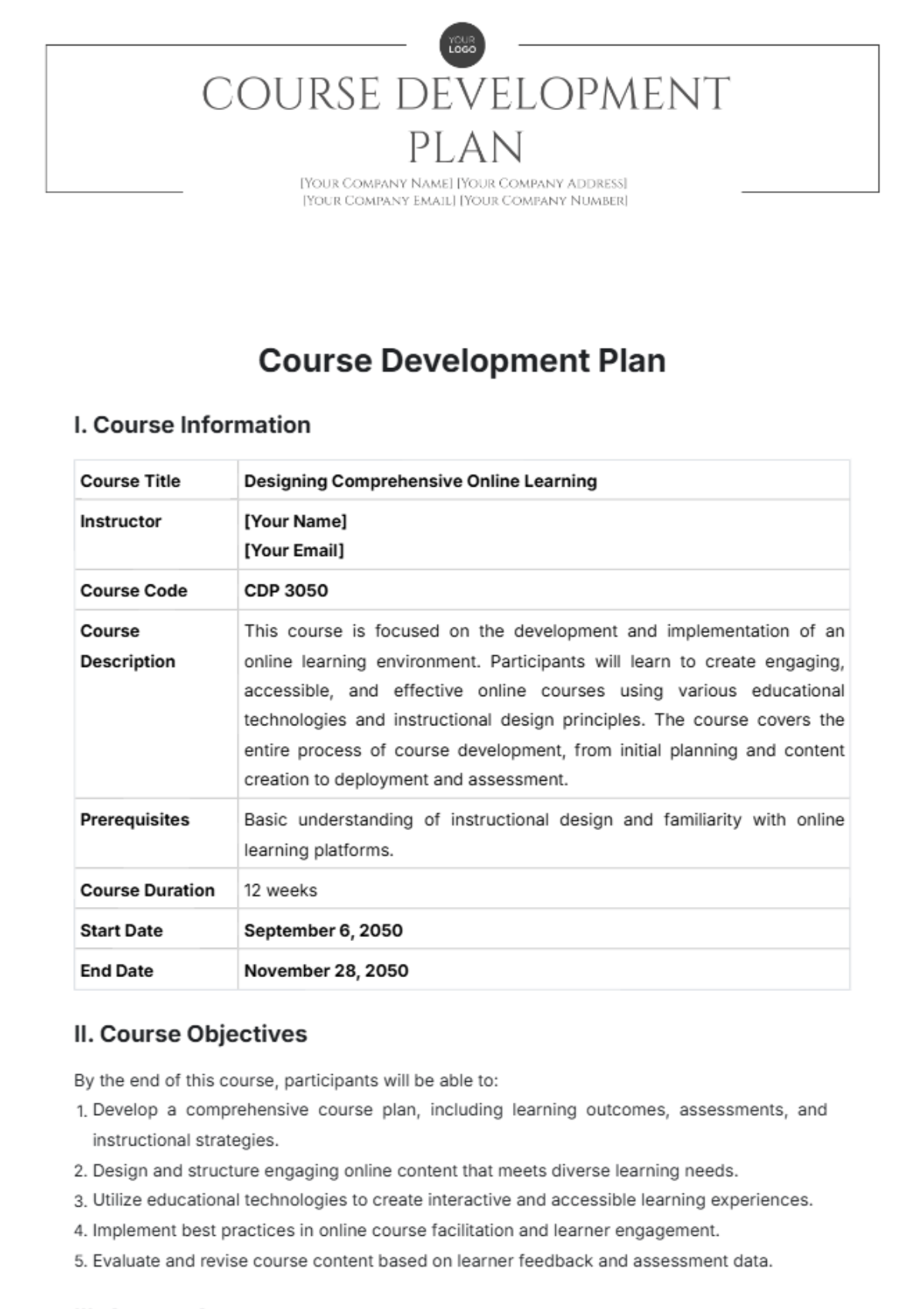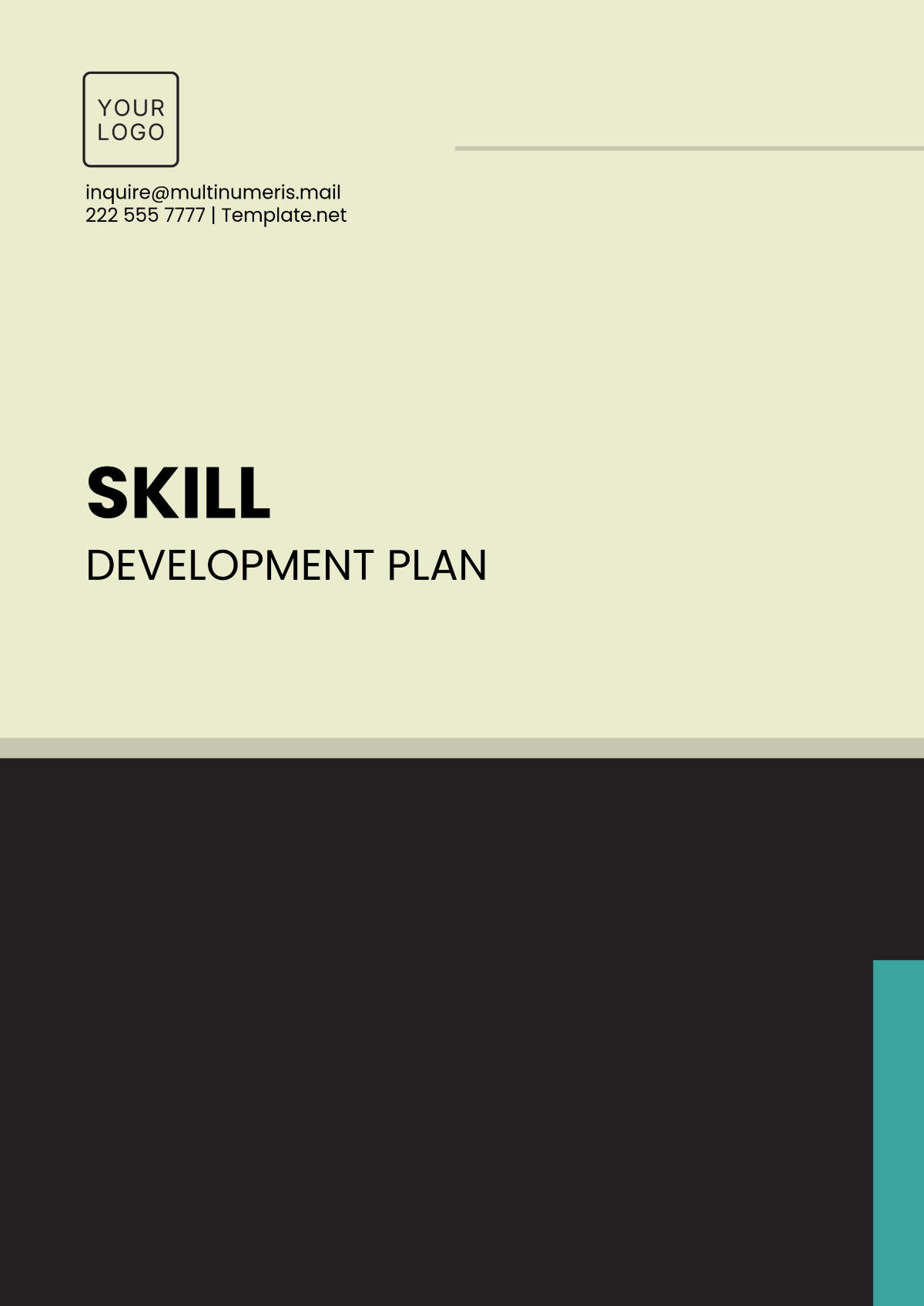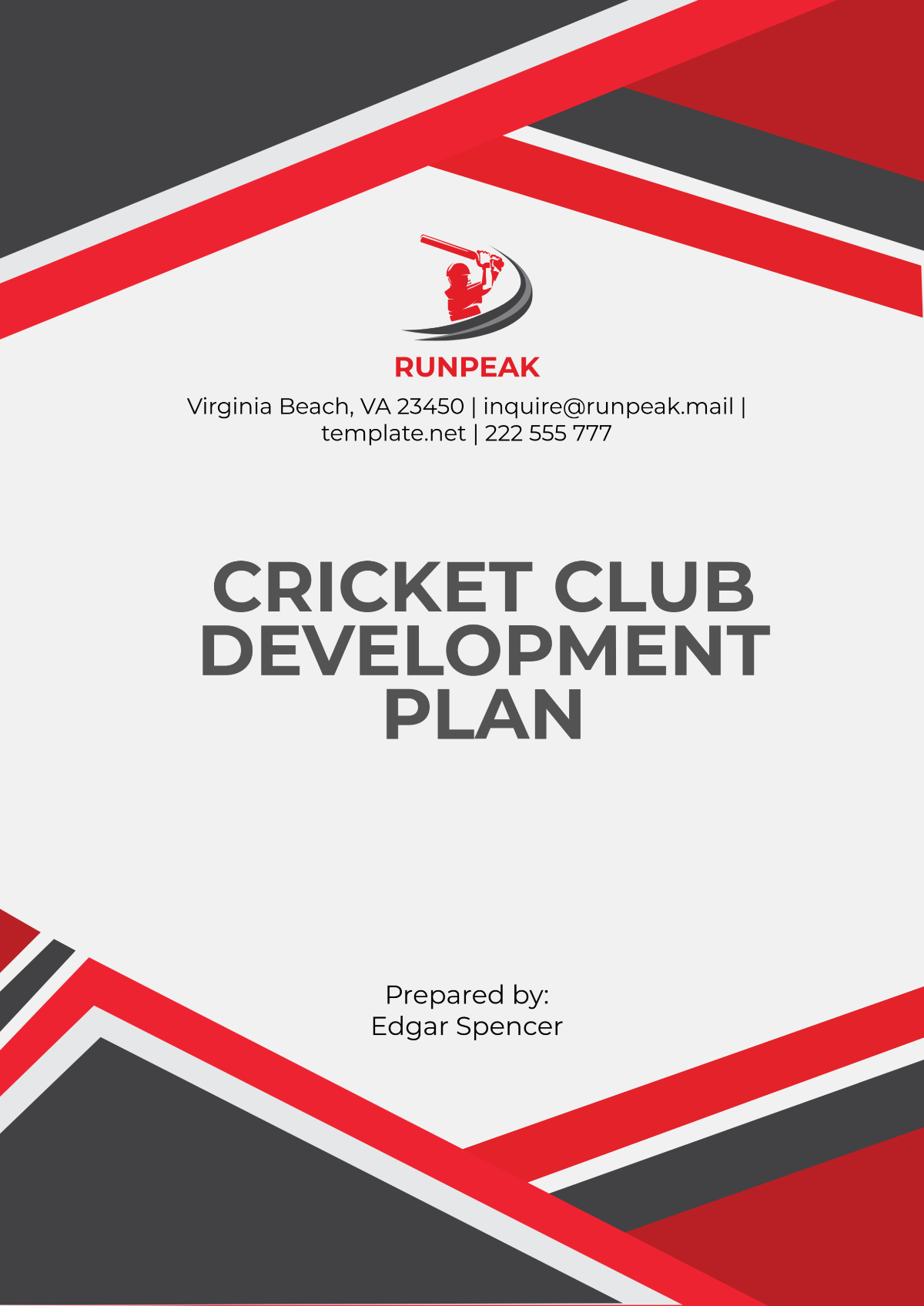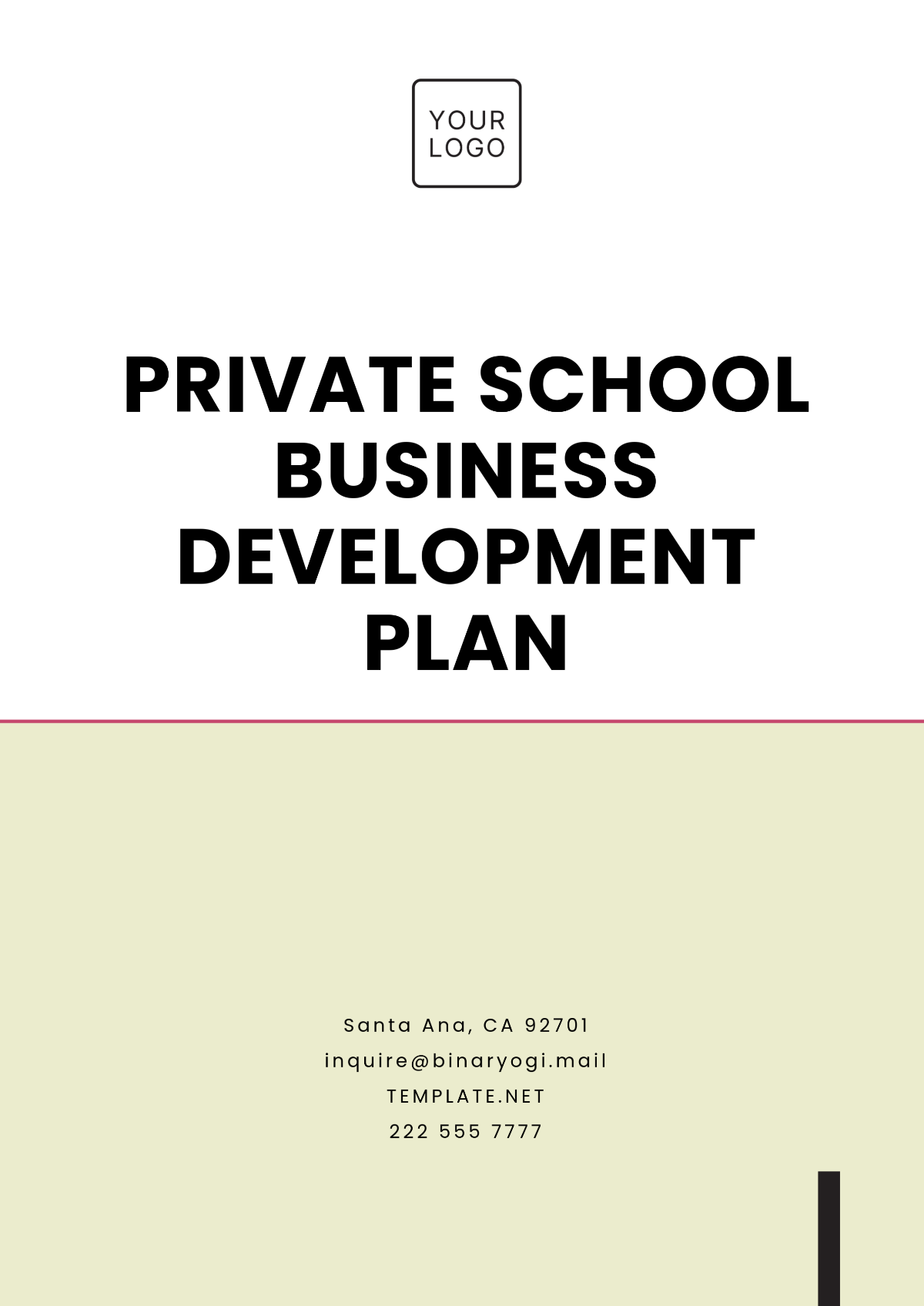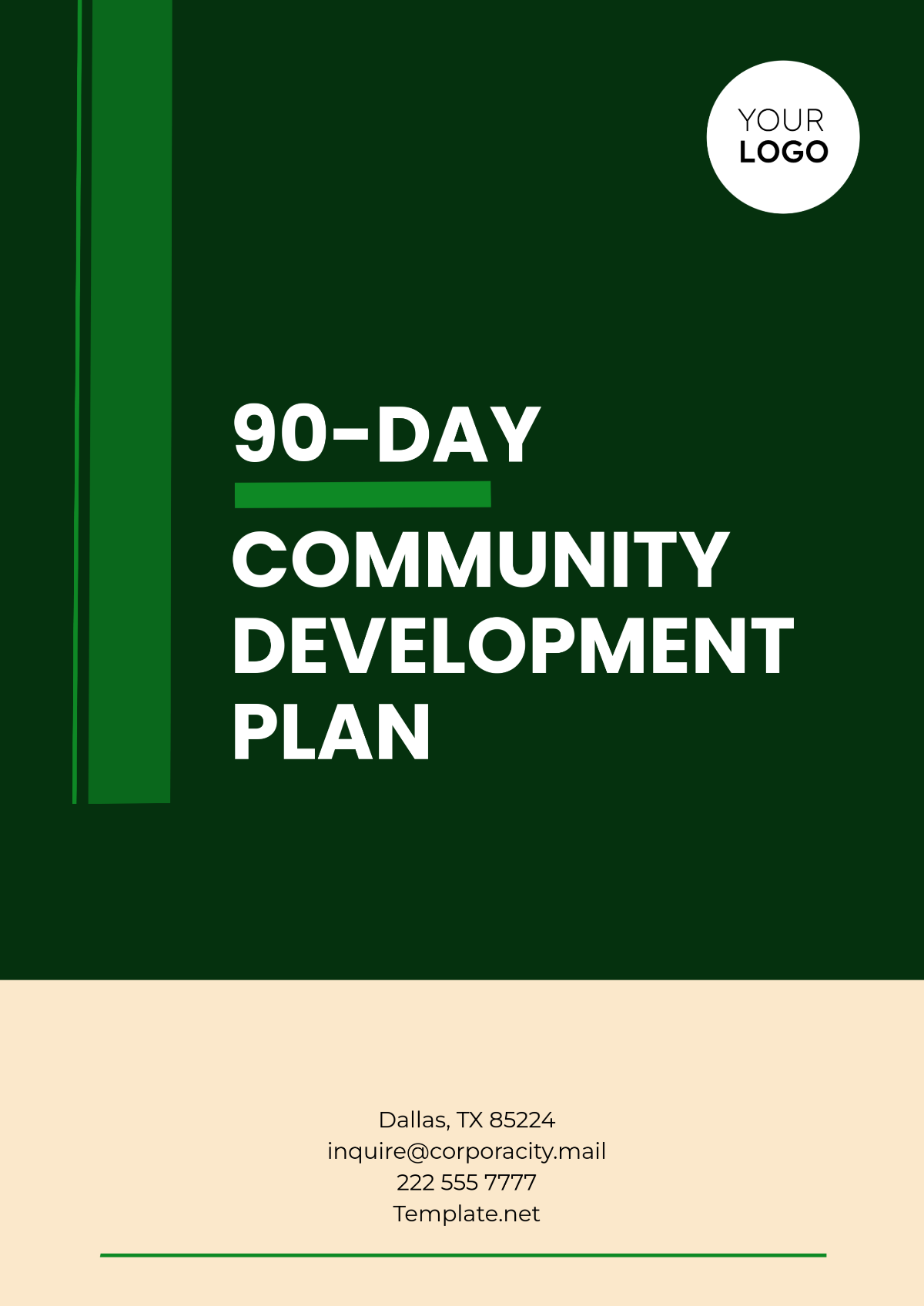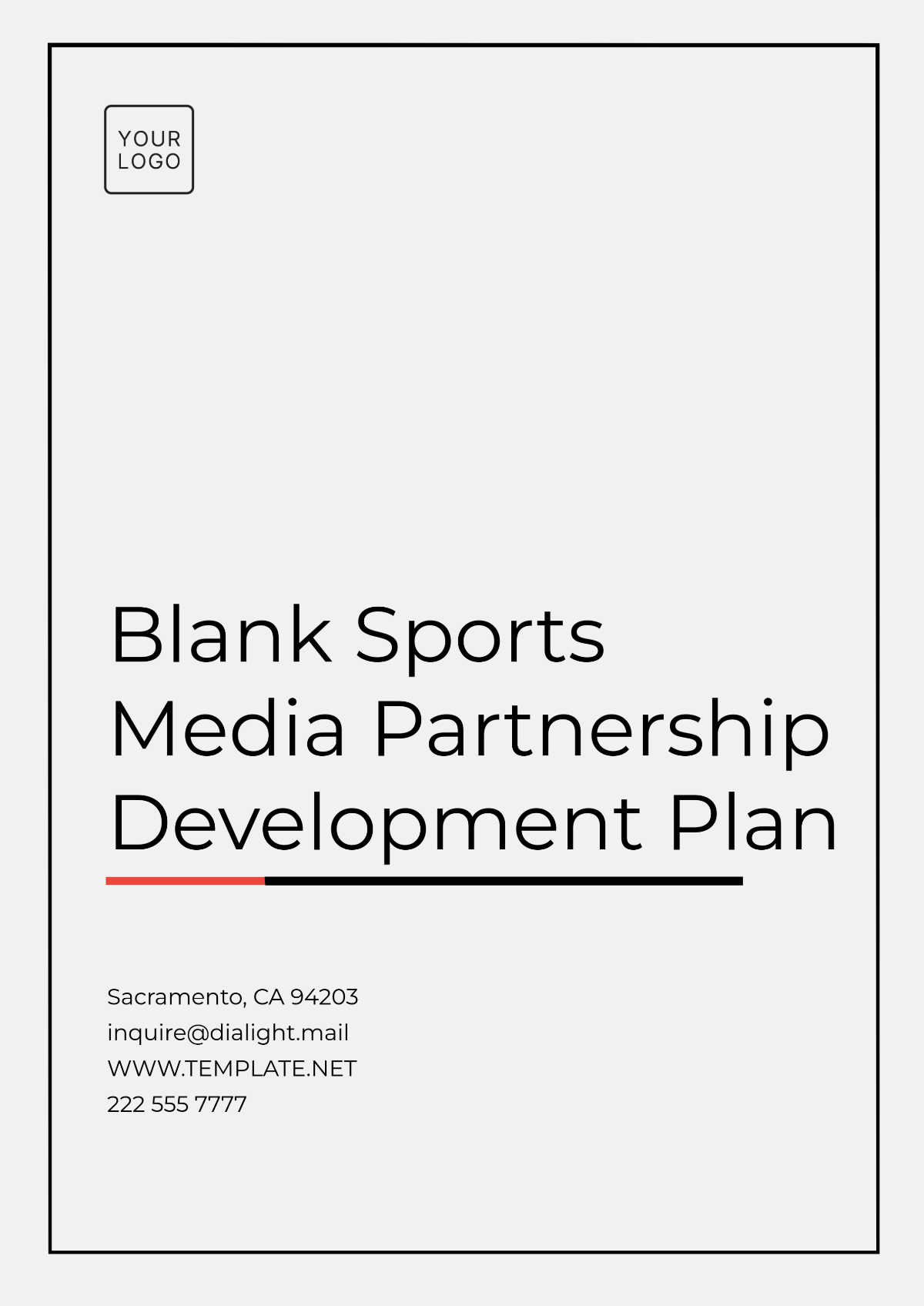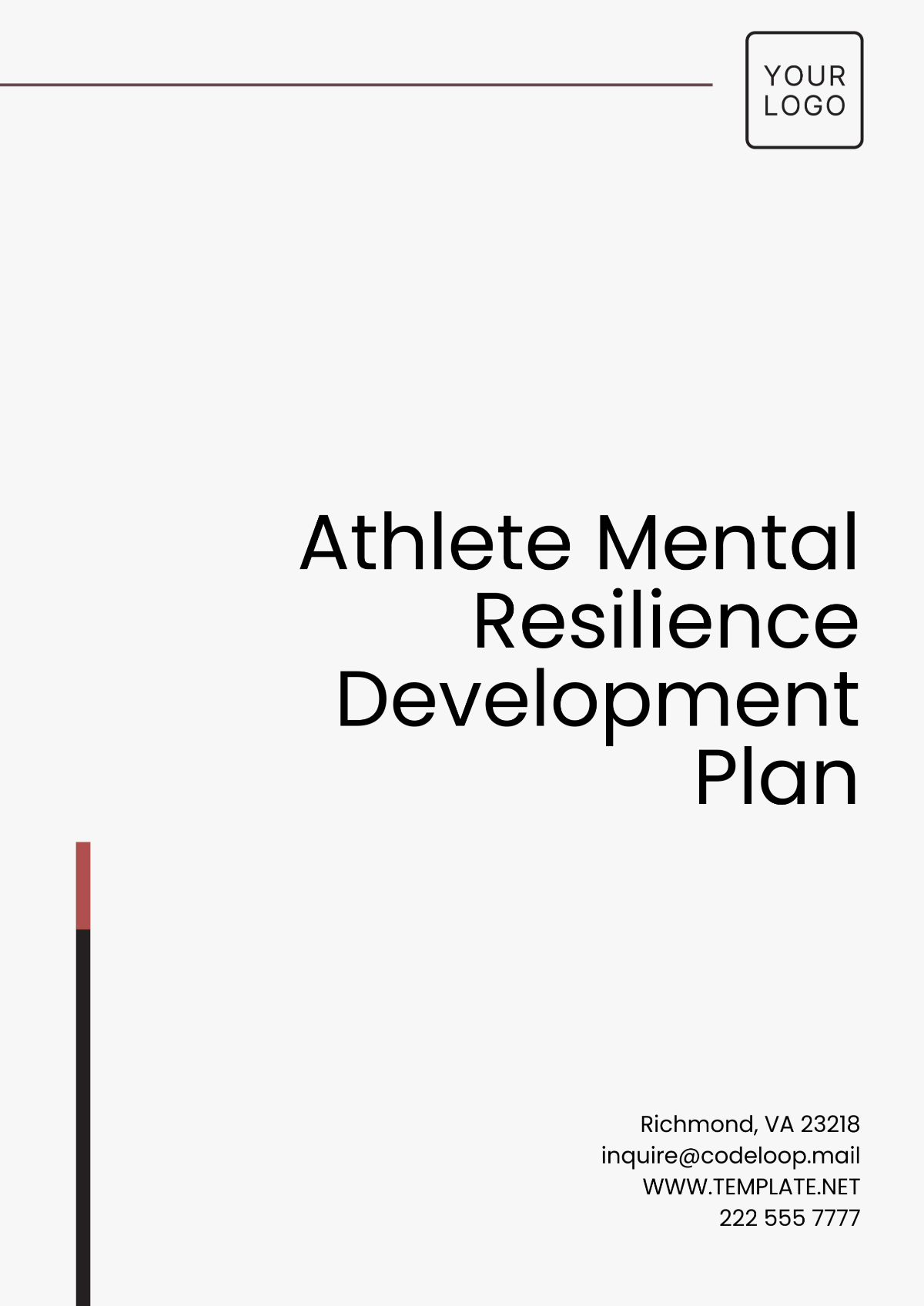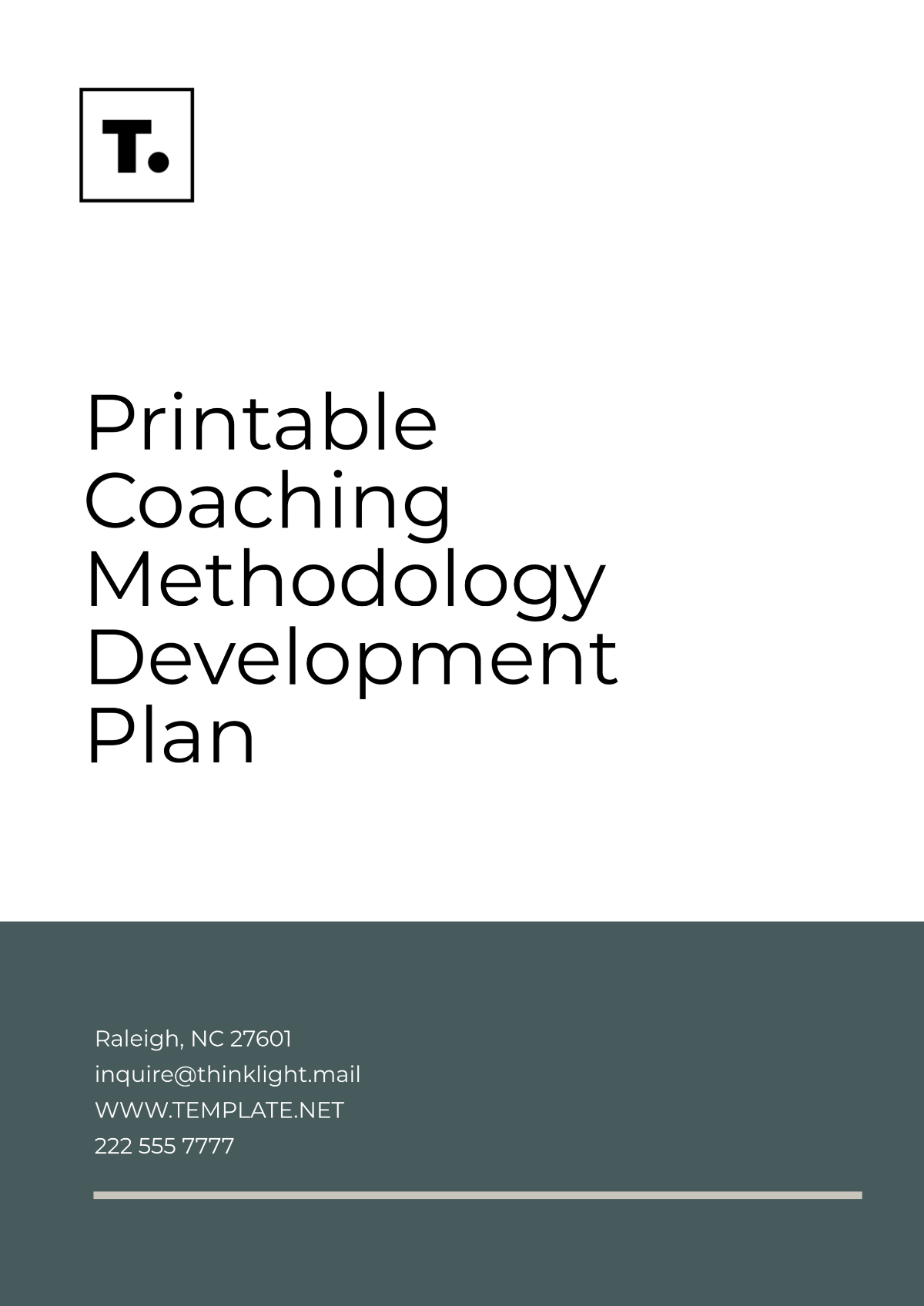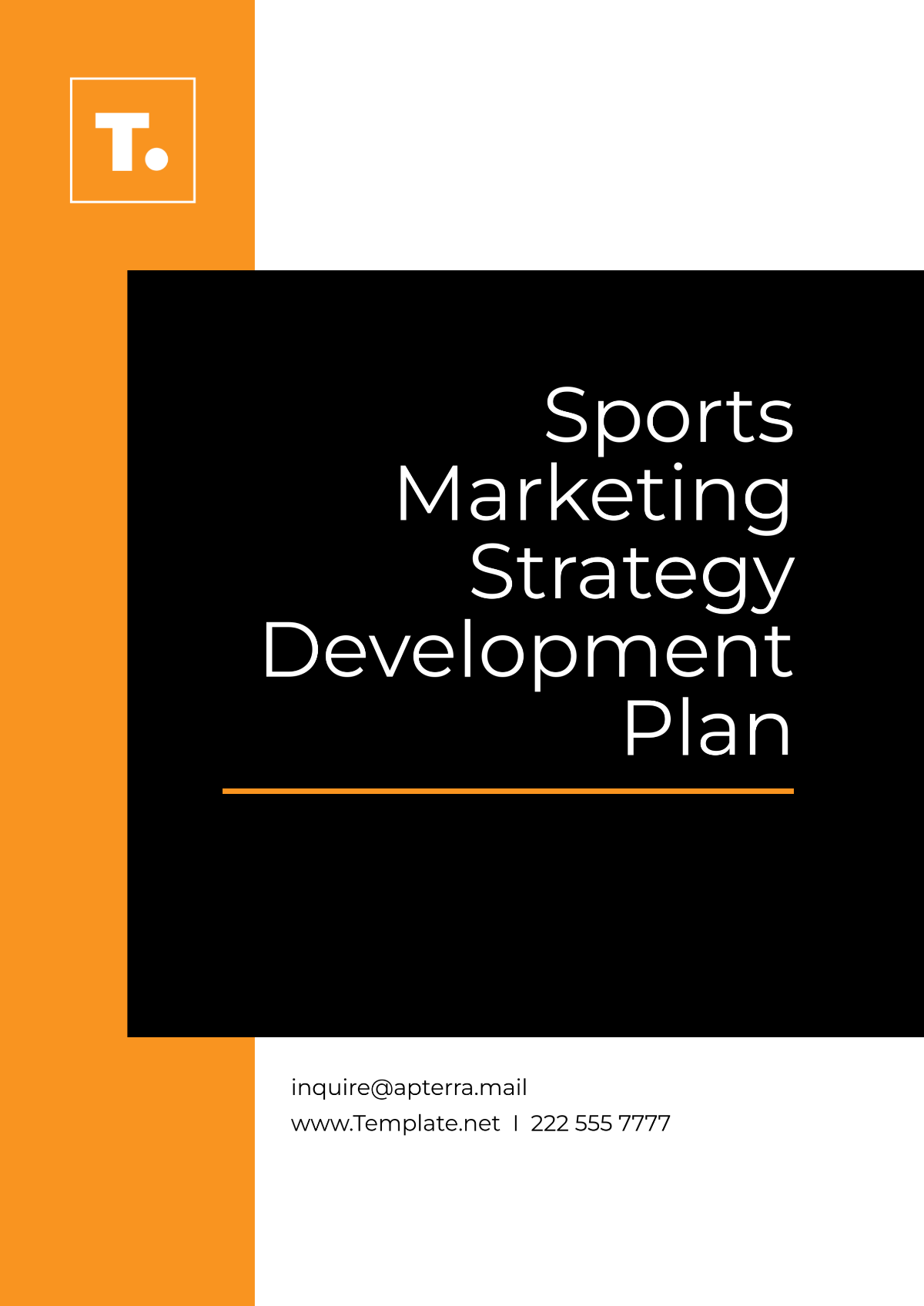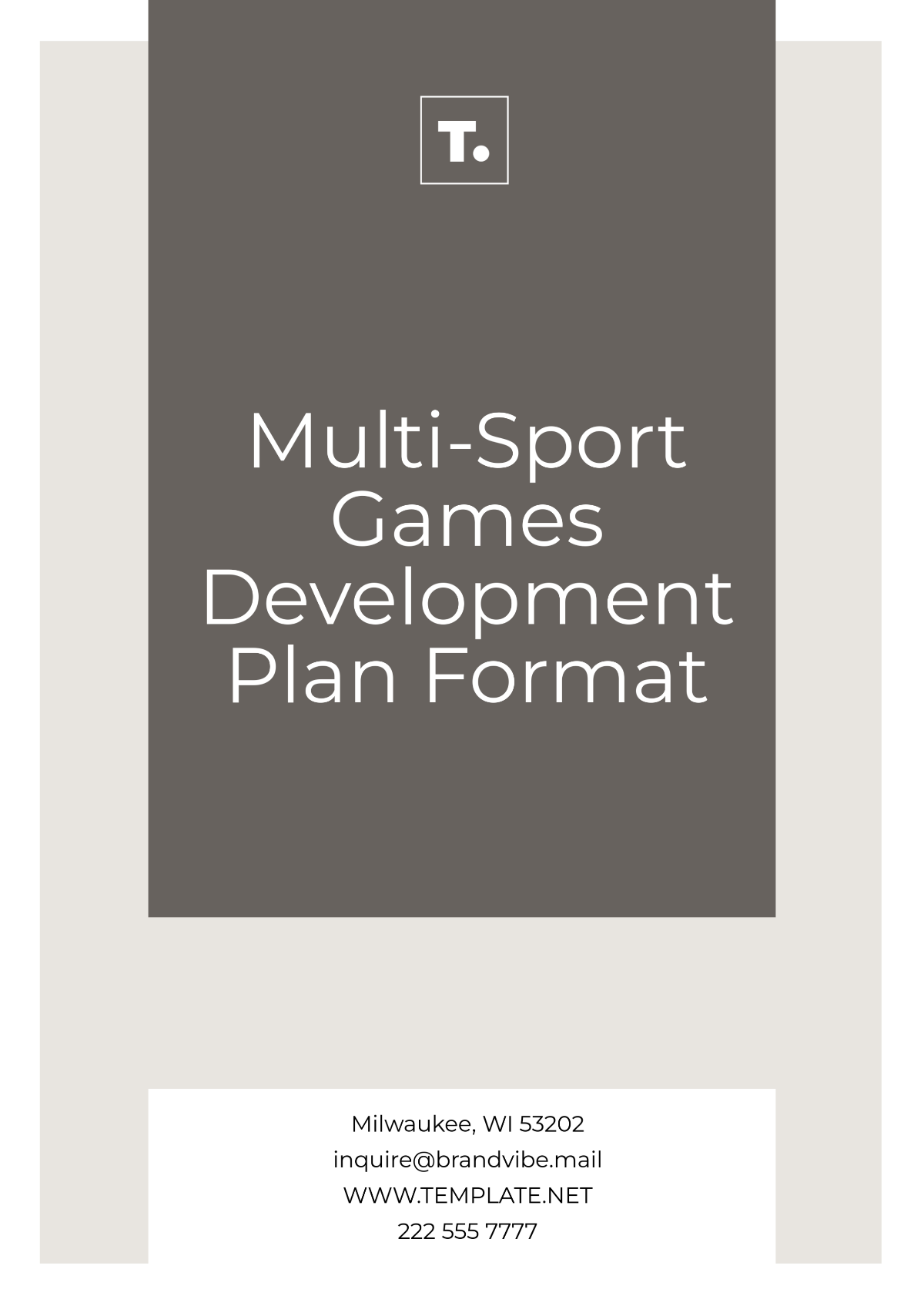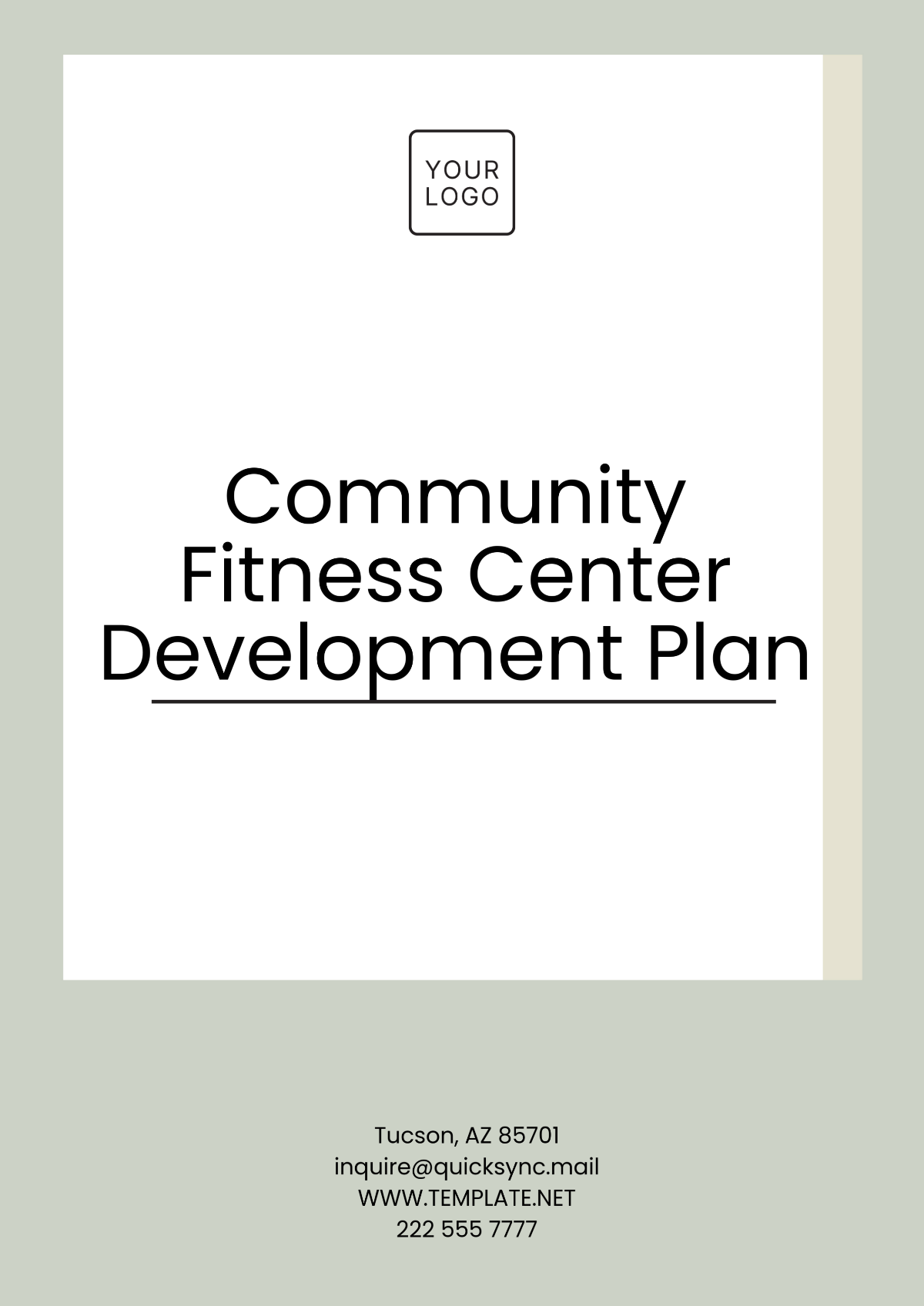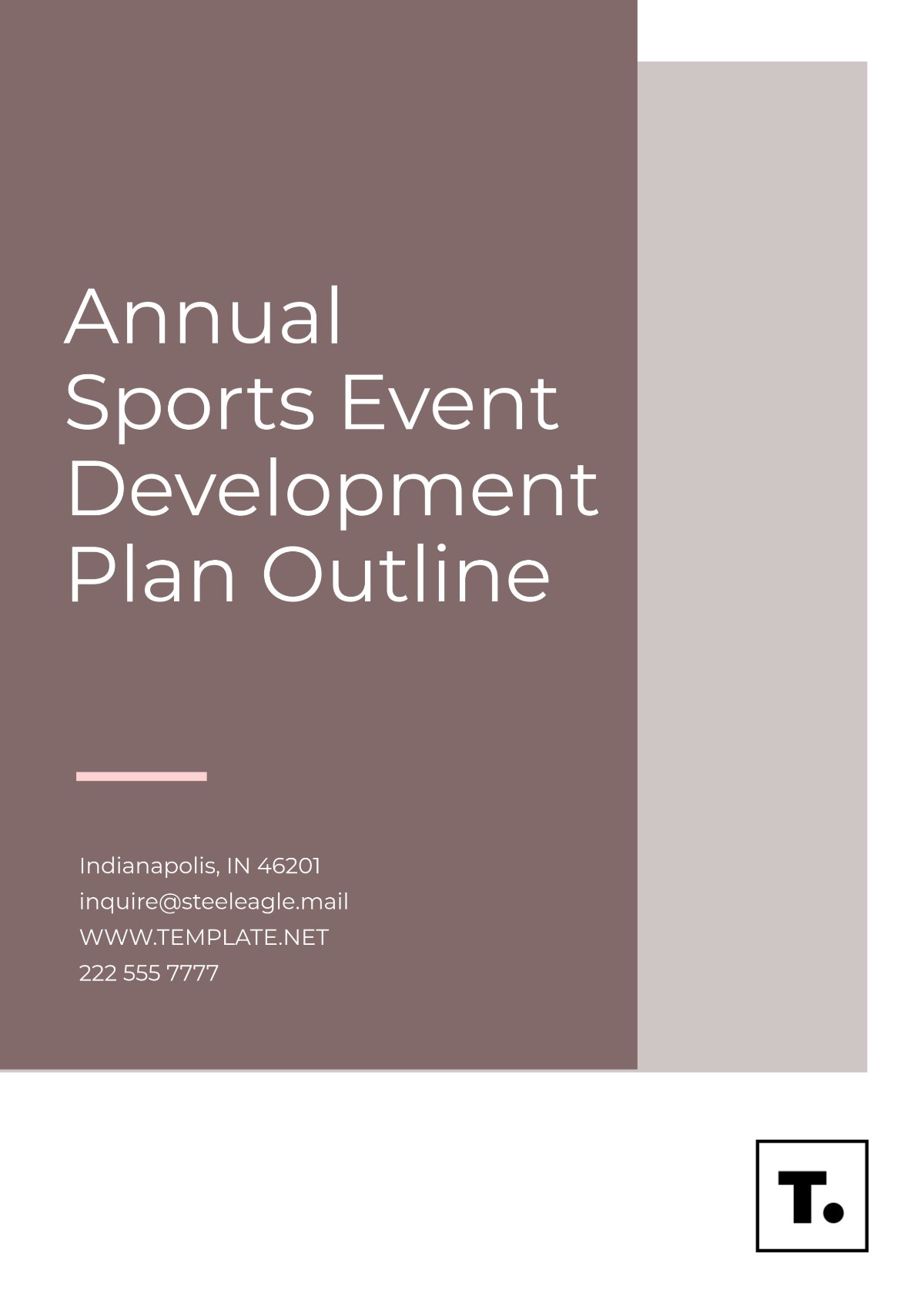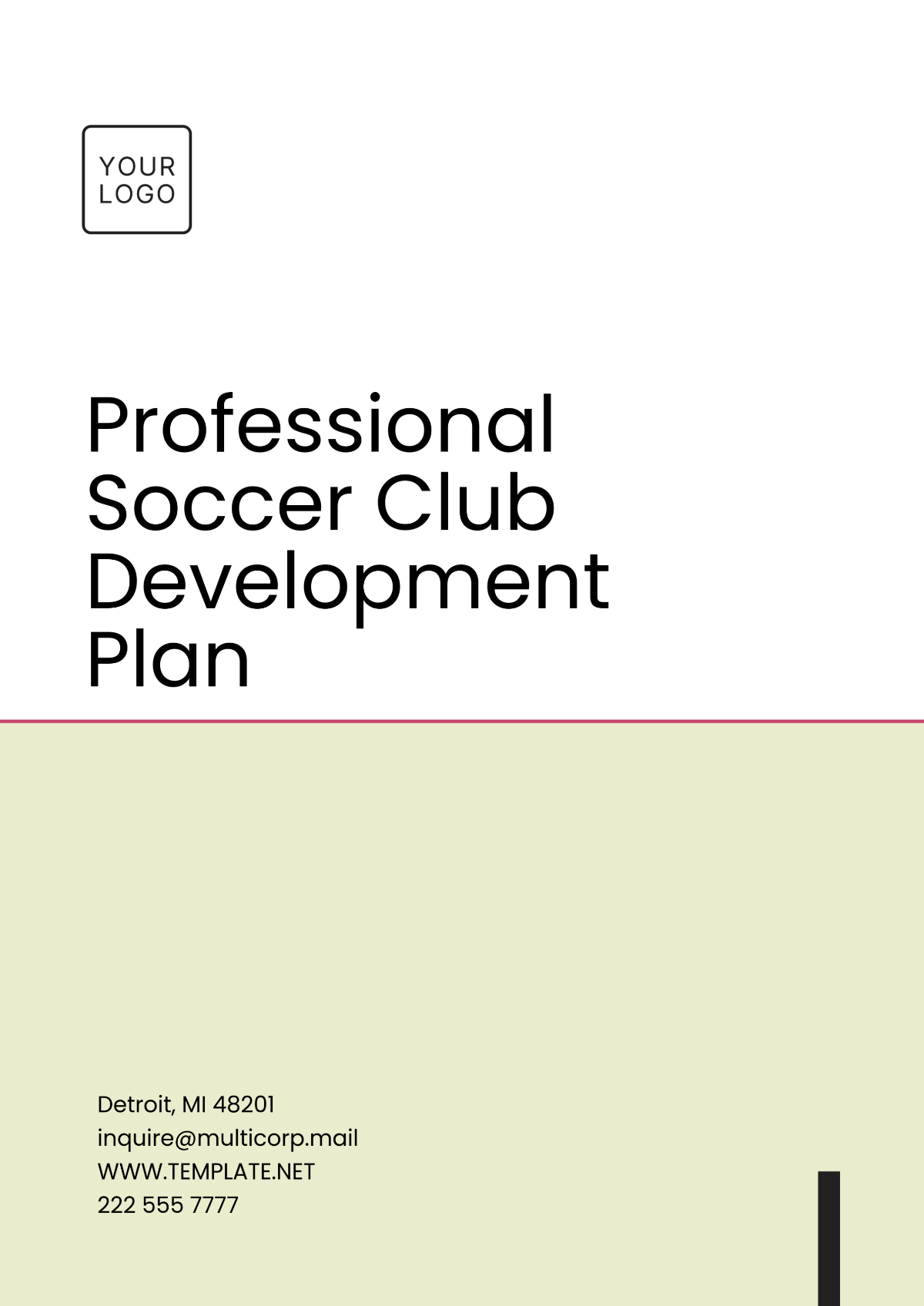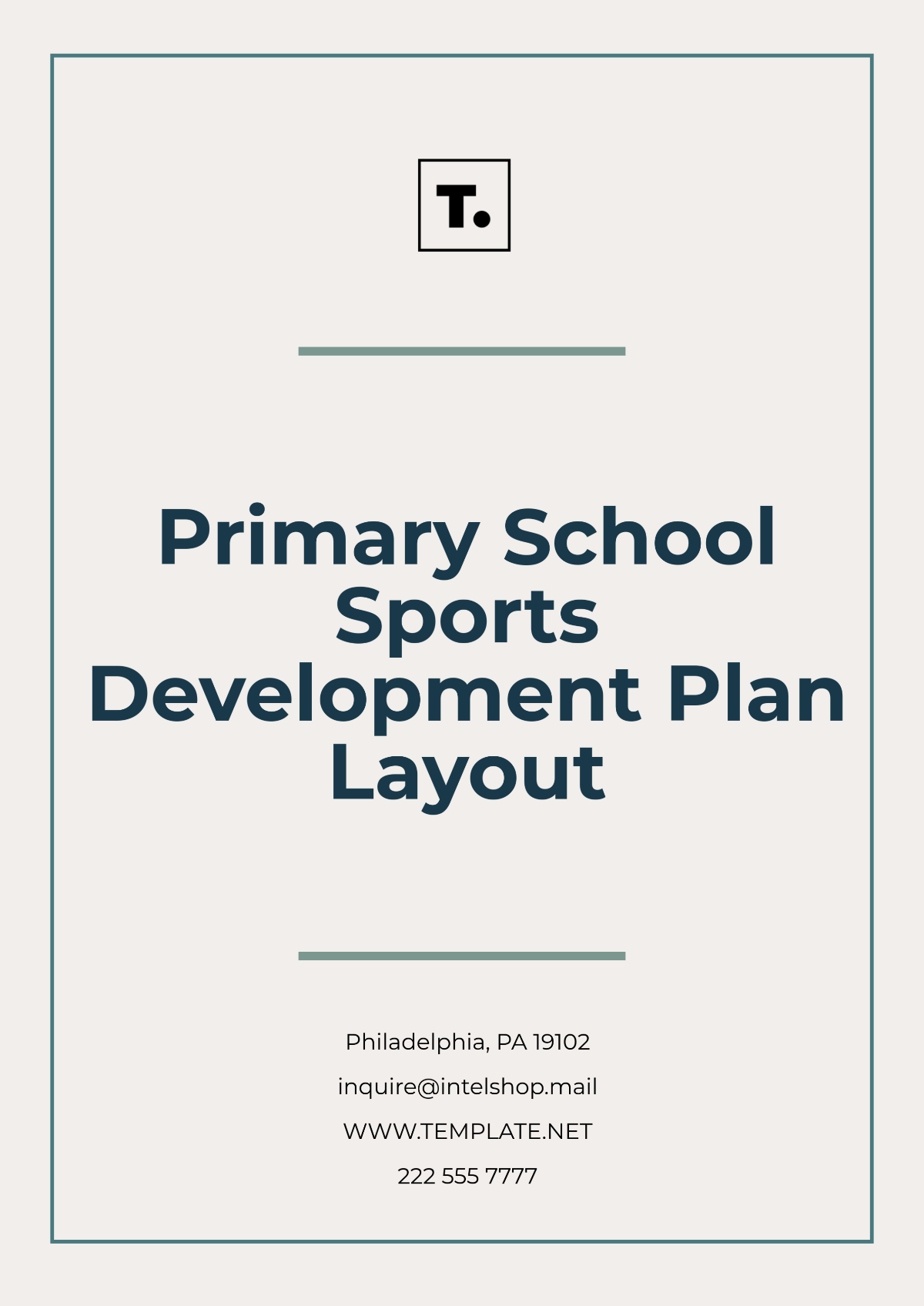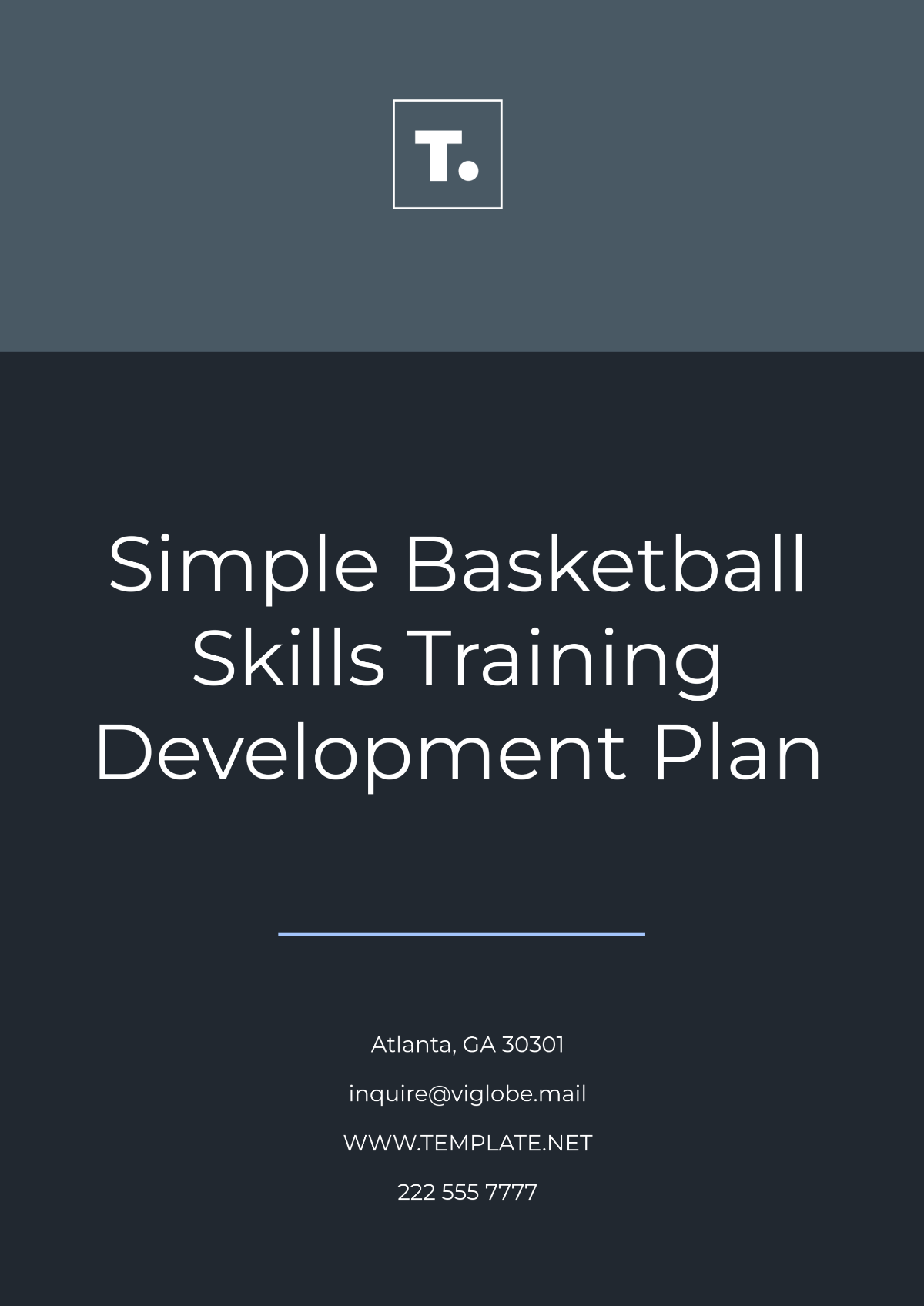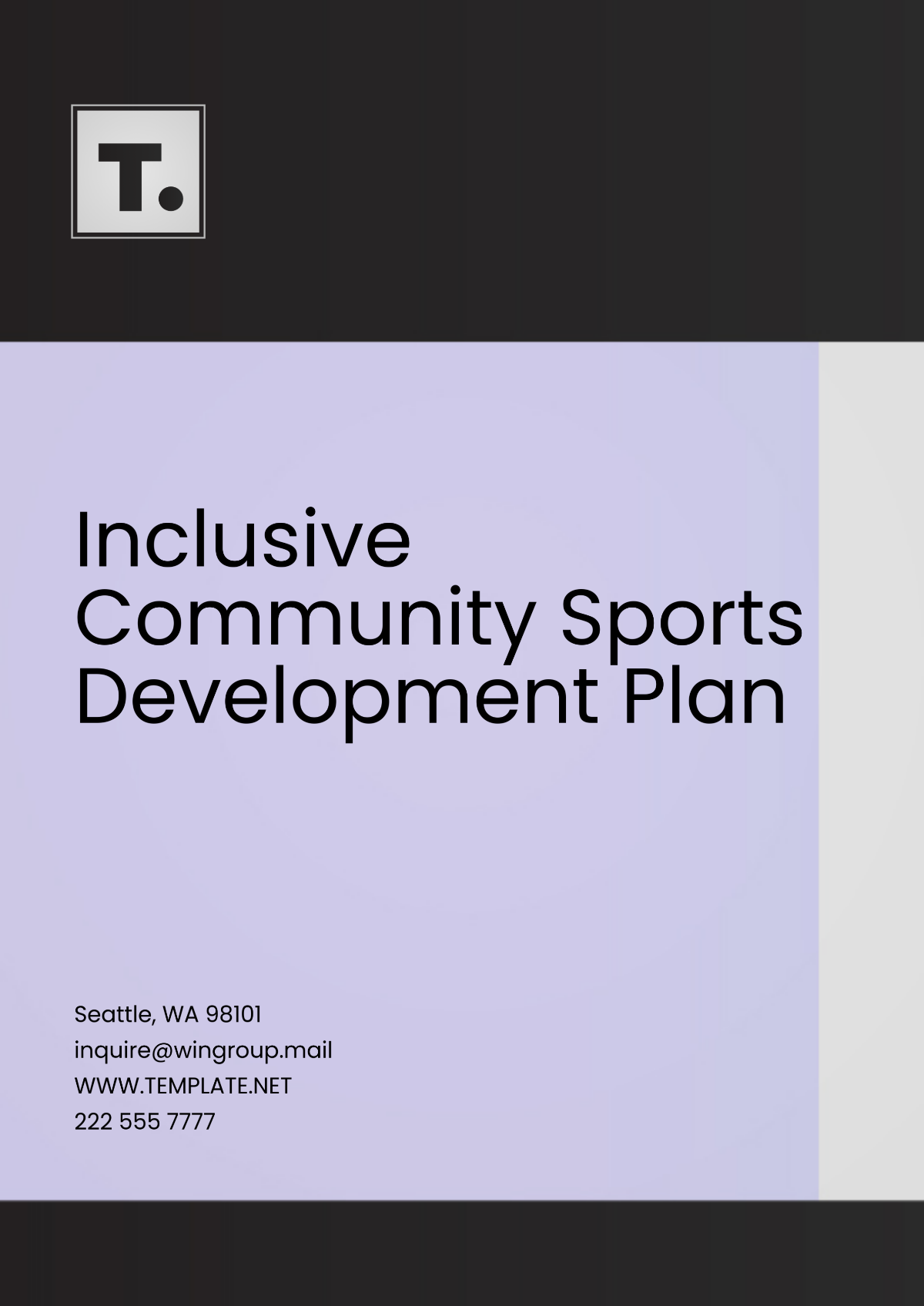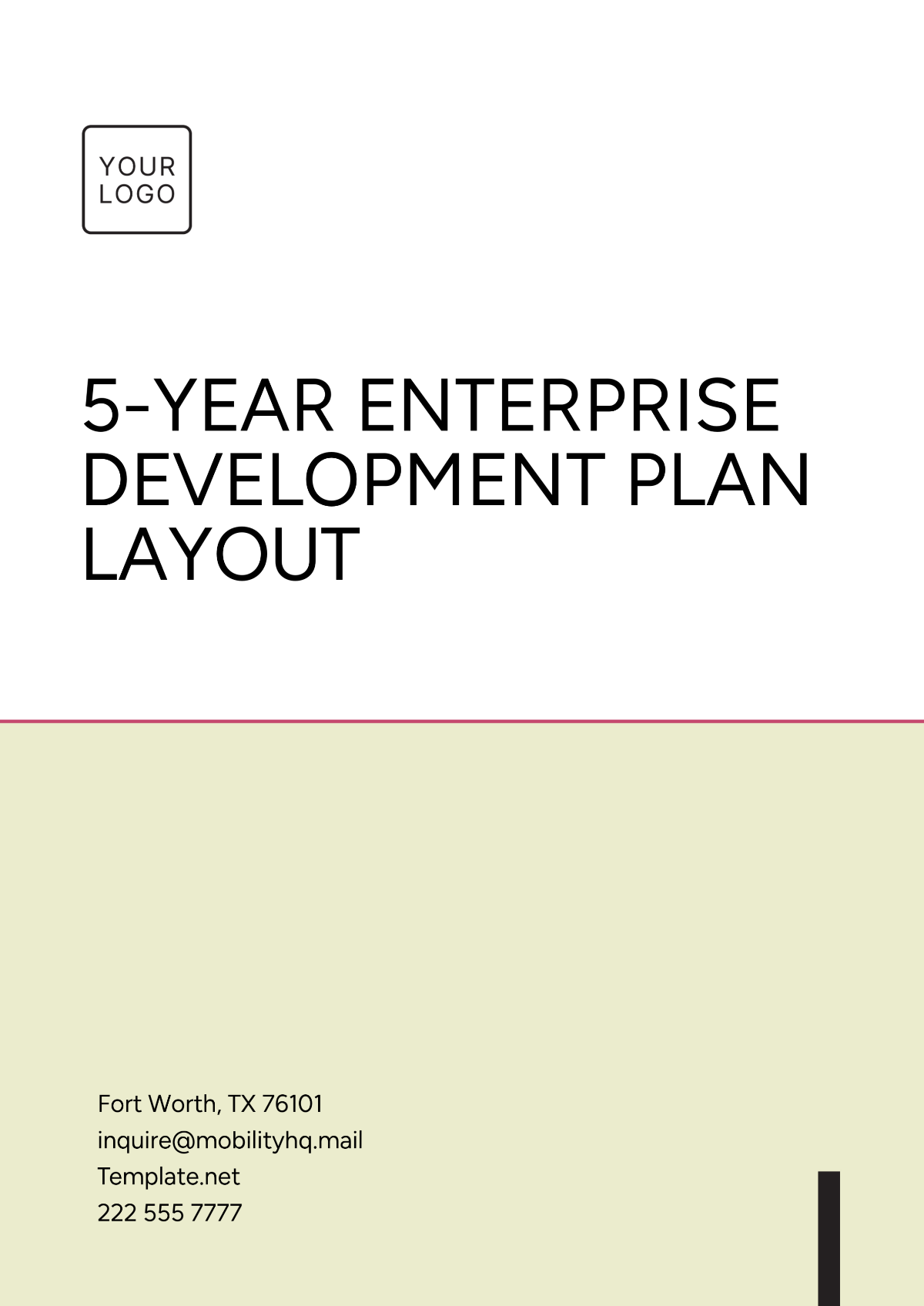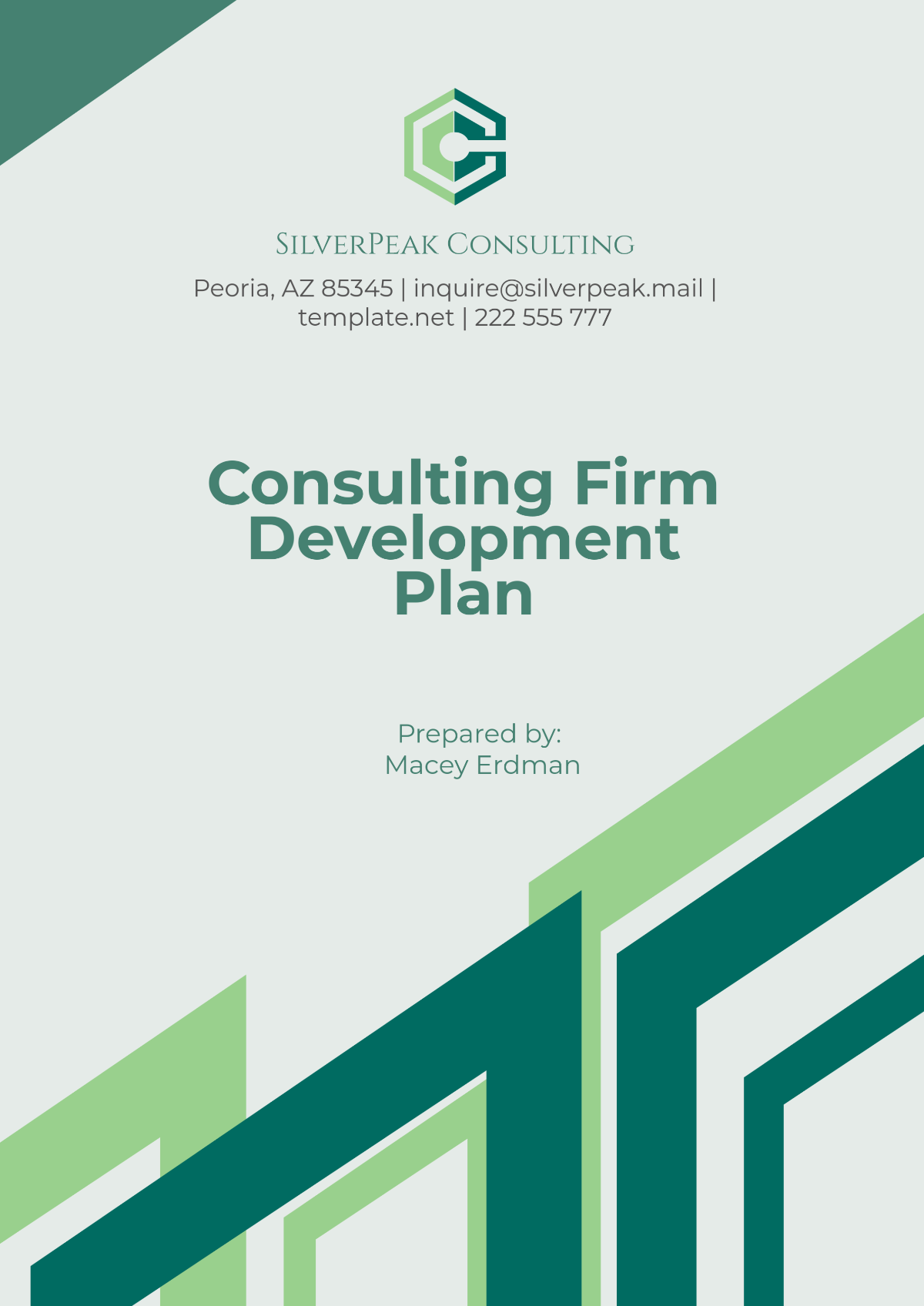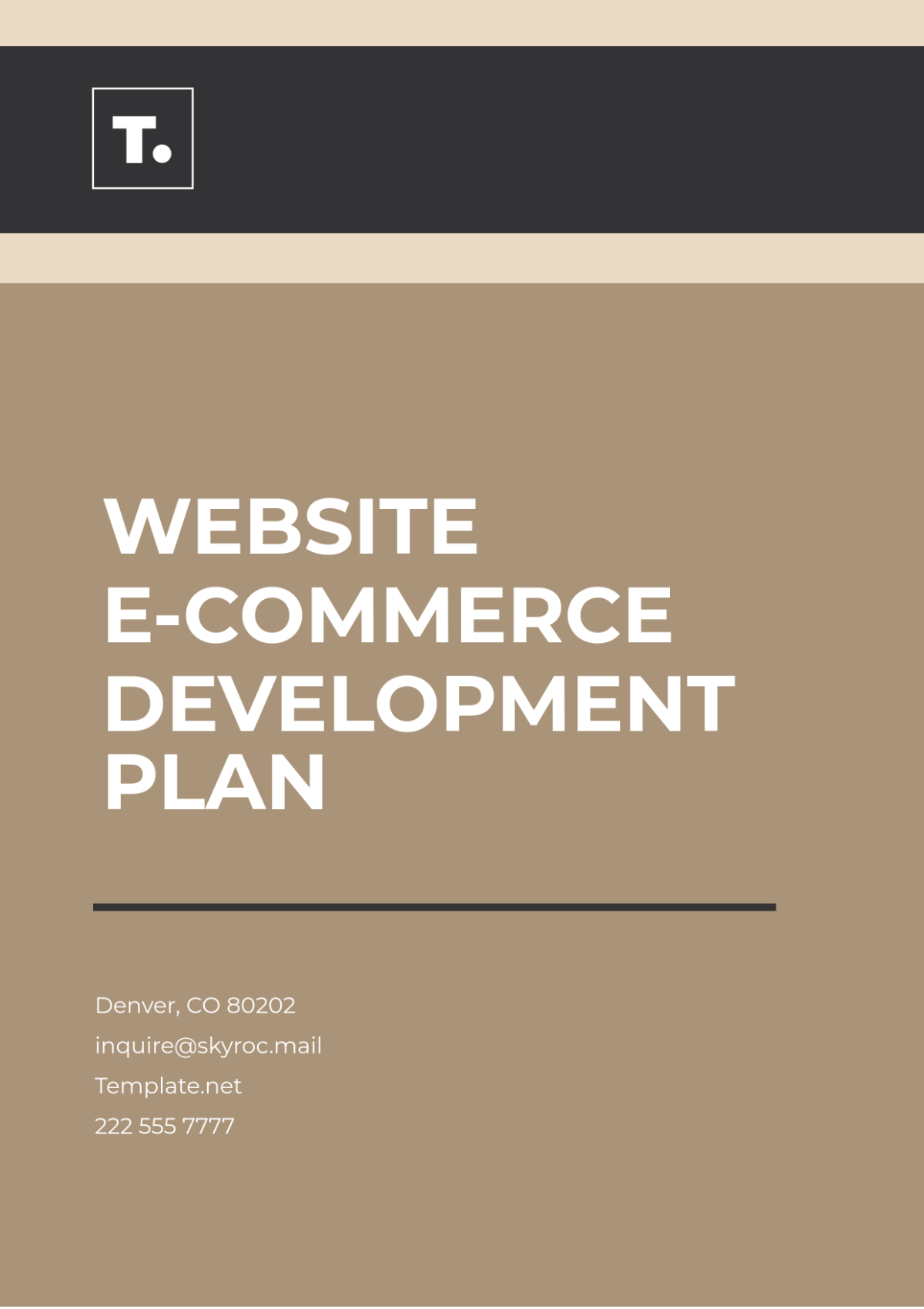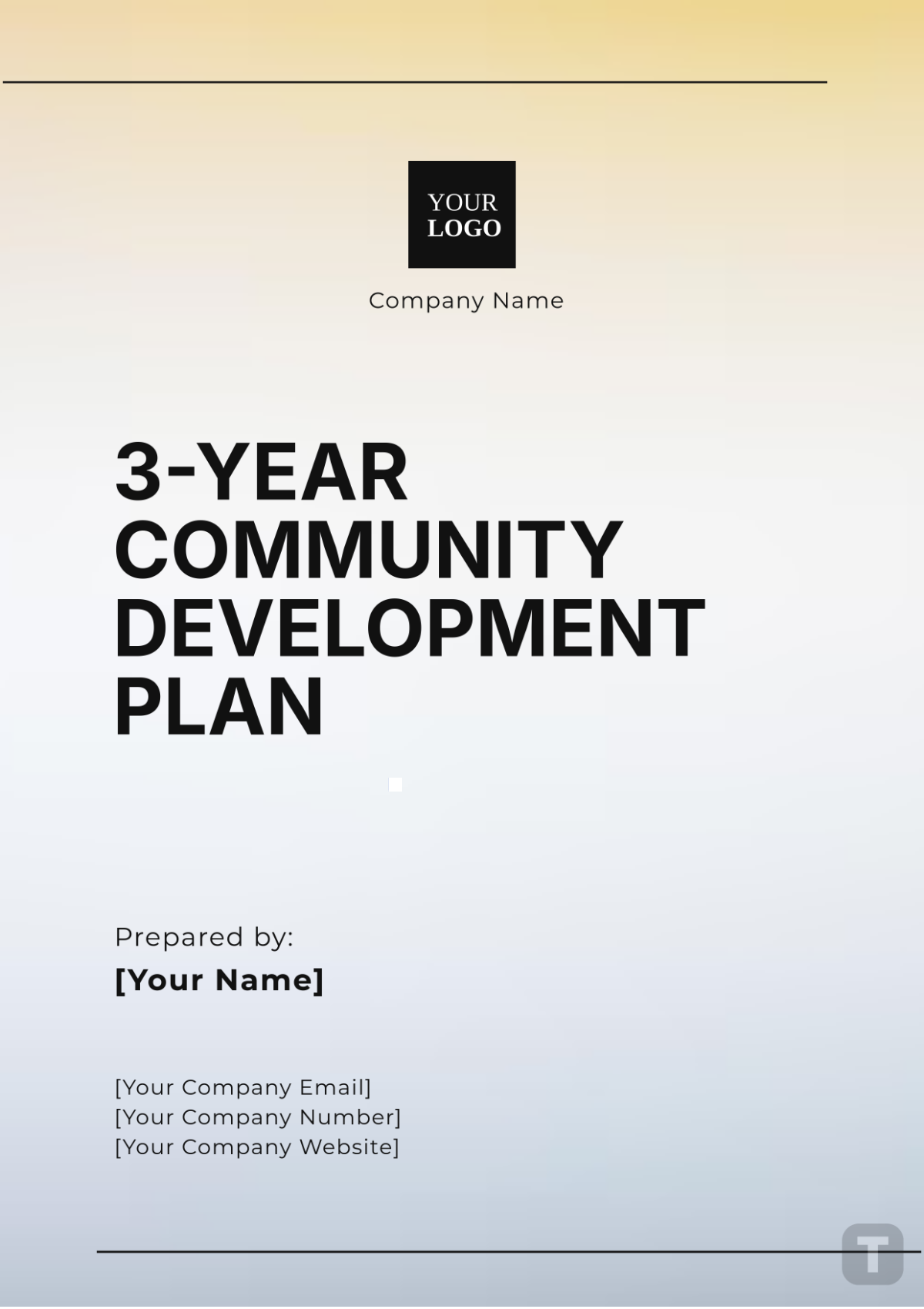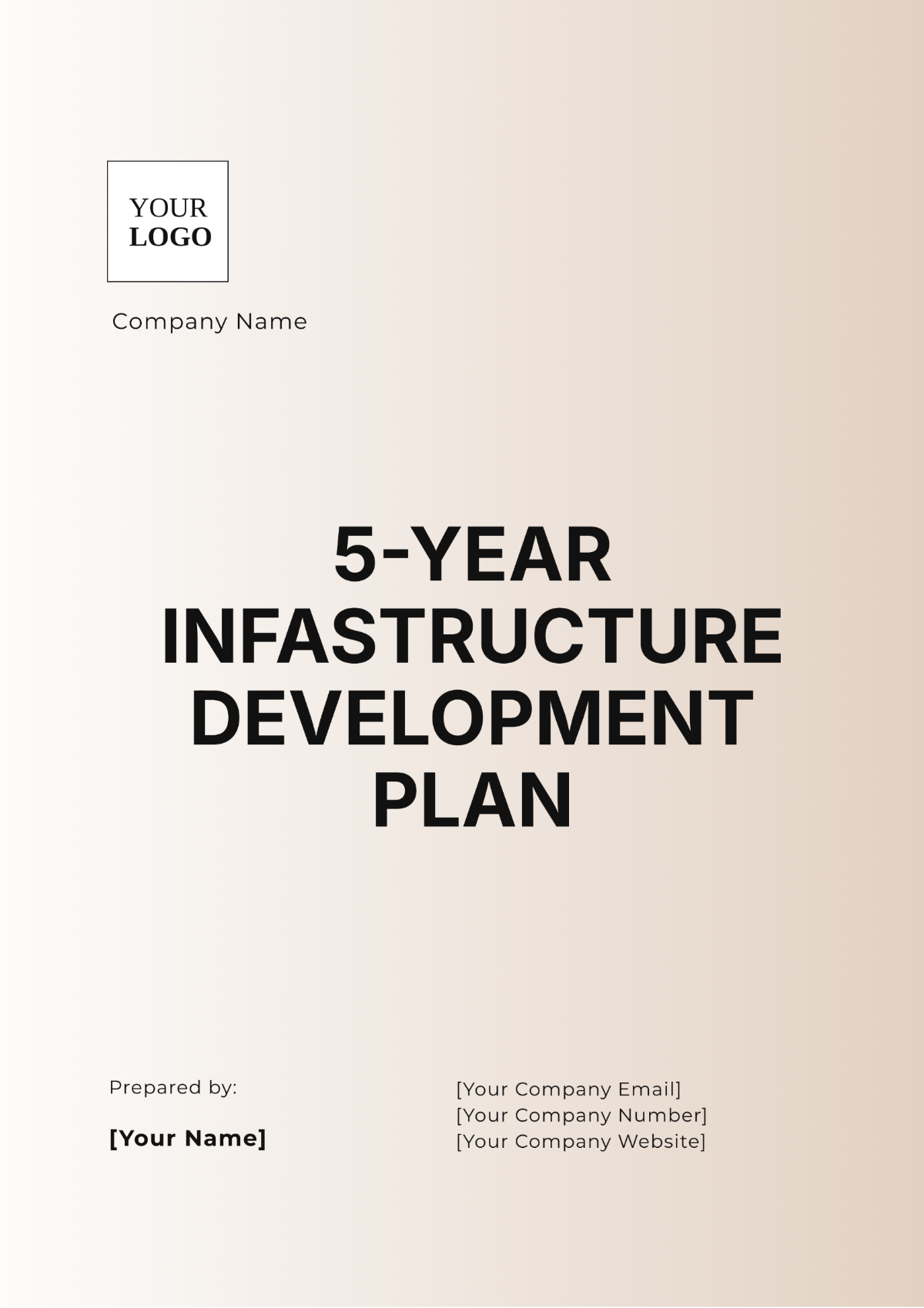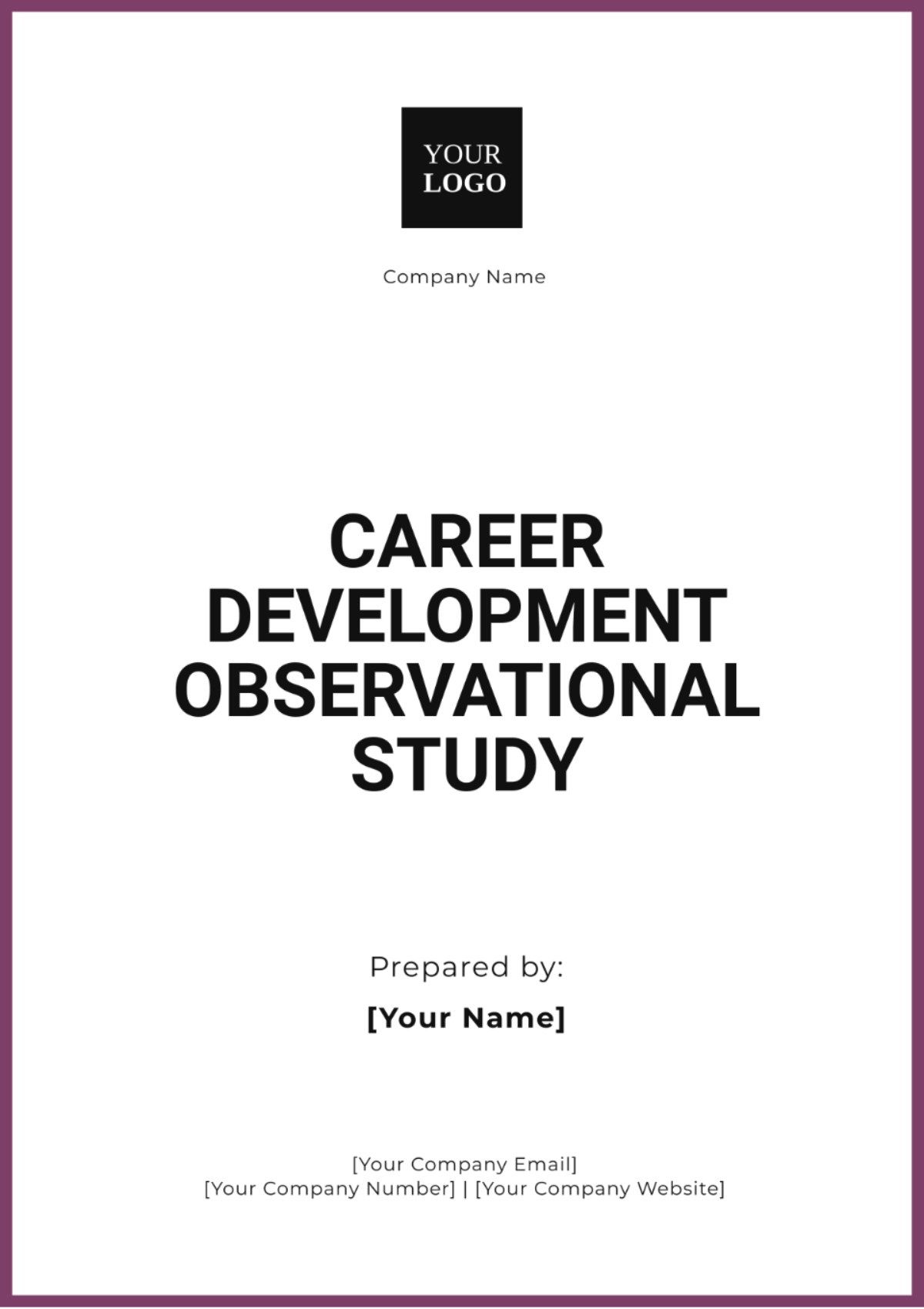Consulting Firm Development Plan
I. Executive Summary
A. Overview of the Consulting Firm
[Your Company Name] is a management consulting firm specializing in strategic advisory, operational optimization, and digital transformation for mid-market companies in the manufacturing, healthcare, and technology sectors. We focus on providing high-impact solutions to help our clients navigate complex business challenges and achieve sustainable growth.
B. Purpose of the Development Plan
The purpose of this development plan is to outline our growth strategy for the next 3–5 years, focusing on expanding our market reach, refining service offerings, enhancing operational efficiencies, and optimizing client engagement. The plan will guide the firm's efforts to scale while maintaining the quality of service and fostering innovation.
C. Key Objectives and Goals
Increase annual revenue by [00]% over the next 3 years.
Expand into two new regional markets within 18 months.
Develop three new service offerings, including digital transformation and cybersecurity consulting, by the end of year two.
Achieve a client retention rate of [00]% within the next year.
D. Expected Outcomes
Stronger market position in targeted industries.
Diversified revenue streams from new services and markets.
Improved operational processes leading to enhanced client satisfaction and increased profitability.
II. Firm Mission, Vision, and Values
A. Mission Statement
[Your Company Name] is committed to empowering businesses through innovative strategies, operational excellence, and personalized consulting services. We aim to create lasting value for our clients by helping them achieve their business objectives while driving sustainable growth.
B. Vision Statement
Our vision is to be a recognized leader in management consulting for mid-market companies, known for our client-centric approach, cutting-edge solutions, and deep industry expertise.
C. Core Values and Principles
Integrity: We uphold the highest ethical standards in all our engagements.
Innovation: We embrace creativity and forward-thinking strategies to deliver groundbreaking solutions.
Collaboration: We work closely with clients, partners, and our team to achieve shared goals.
Excellence: We are committed to delivering superior results and exceeding client expectations.
D. Organizational Culture
[Your Company Name] fosters a culture of continuous learning, teamwork, and mutual respect. We prioritize employee development, work-life balance, and transparency, creating a collaborative and empowering environment for our consultants.
III. Market Analysis
A. Industry Overview
The management consulting industry is projected to grow at a compound annual growth rate (CAGR) of [00]% over the next five years, driven by increasing demand for digital transformation, operational efficiency, and specialized advisory services. Companies are seeking consultants who can guide them through technological disruptions and evolving market conditions.
B. Target Market and Client Segments
Demographics and Client Profiles
Our target clients are mid-market companies with annual revenues between $[00] million and $[00] million, primarily in the manufacturing, healthcare, and technology sectors. These clients typically face challenges in scaling operations, adapting to technological changes, and optimizing business processes.
Client Needs and Pain Points
Scaling businesses to meet market demands.
Implementing technology solutions to improve productivity.
Managing operational inefficiencies and cost control.
Navigating regulatory changes and market disruptions.
Client Acquisition Strategies
Referral Program: Encourage existing clients to refer new leads through a reward-based program.
Networking: Attend industry events, webinars, and conferences to establish connections and generate leads.
Thought Leadership: Publish whitepapers, case studies, and research reports to demonstrate expertise and attract potential clients.
C. Competitor Analysis
Major Competitors and Market Share
Key competitors include large firms such as [Competitor A], [Competitor B], and boutique consulting firms like [Competitor C]. However, there is a gap in services tailored specifically to mid-market companies, which presents an opportunity for [Your Company Name].
Competitive Advantage and Differentiators
Our firm differentiates itself by offering personalized, cost-effective solutions specifically designed for mid-market businesses. Our consultants are seasoned professionals with deep industry knowledge, allowing us to provide actionable, high-impact advice.
SWOT Analysis
Strengths | Deep industry expertise, tailored solutions, strong client relationships. |
Weaknesses | Limited brand recognition compared to larger competitors. |
Opportunities | Expanding into new regions, offering emerging services like AI and cybersecurity consulting. |
Threats | Increasing competition from new consulting firms and global consulting giants. |
IV. Service Offerings and Value Proposition
A. Overview of Consulting Services
Our primary consulting services include:
Strategic Advisory: Business strategy development, market entry strategies, and competitive analysis.
Operational Improvement: Process optimization, cost reduction strategies, and supply chain management.
Digital Transformation: IT strategy, cloud solutions, and enterprise software integration.
Leadership Development: Executive coaching, organizational design, and leadership training.
B. New or Evolving Services
Service Expansion and Innovation
Cybersecurity Consulting: Helping clients secure their digital infrastructure and comply with regulatory standards.
AI & Automation: Providing clients with AI-driven solutions for business process automation and data analytics.
Tailored Solutions for Different Client Segments
For healthcare: Specializing in regulatory compliance and patient-centered care strategies.
For manufacturing: Focusing on process efficiency and supply chain optimization.
C. Value Proposition
Unique Selling Points (USPs) | Personalized service, deep industry knowledge, and a track record of measurable results. |
Service Differentiation Strategy | Unlike large consulting firms, we provide hands-on, customized support tailored to the unique needs of mid-market companies. |
D. Service Delivery Models
Project-Based Services: Consultants are engaged for specific projects with clearly defined deliverables and timelines.
Retainer/Long-Term Engagements: We offer ongoing advisory services to clients seeking continuous support.
Remote/On-Site Consulting Models: Flexibility to deliver services either remotely or through on-site engagements depending on client preferences.
V. Business Goals and Key Performance Indicators (KPIs)
A. Short-Term Goals (1-2 Years)
Increase revenue by [00]% over the next two years by introducing new service offerings, particularly in digital transformation and cybersecurity consulting. This will be achieved through proactive marketing campaigns, leveraging our current client base for referrals, and expanding into new geographic regions.
Launch cybersecurity and AI consulting services within the first year. These services will cater to increasing client needs for cybersecurity solutions amidst rising cyber threats and the growing adoption of AI technologies.
Expand into two new regional markets (Northeast and Midwest) within the next 18 months, capitalizing on demand for mid-market consulting services outside our current primary market.
B. Long-Term Goals (3-5 Years)
Achieve [00]% year-over-year revenue growth by solidifying our position in the U.S. market and expanding internationally into Europe. This growth will be driven by the broader adoption of AI solutions and an increase in long-term consulting engagements.
Establish a global presence, with an initial focus on expanding into two key European markets (Germany and the UK) by 2053. This expansion will be facilitated by partnerships with local firms and an understanding of the regulatory environment.
Increase market share by [00]% in the mid-market consulting space within 5 years, positioning [Your Company Name] as a leading player for companies with revenues between $[00]M and $[00]M.
C. Key Performance Indicators (KPIs)
Client Satisfaction: Maintain a minimum client satisfaction rate of [00]%, measured by annual client surveys. This will include feedback on service delivery, communication, and overall impact on business goals.
Revenue per Consultant: Aim to increase the revenue generated per consultant by [00]% annually through the development of specialized service areas and more efficient project execution.
Project Timeliness: Ensure that [00]% of consulting projects are completed on time and within the established budget. This will be tracked through project management software to monitor progress and address delays promptly.
VI. Marketing and Sales Strategy
A. Brand Positioning and Messaging
[Your Company Name] positions itself as a trusted advisor for mid-market businesses looking to scale and innovate. Our brand messaging showcases our expertise in providing tailored insights for measurable results, emphasizing our industry knowledge and collaborative approach for sustained growth.
B. Client Acquisition Strategy
Lead Generation
We will deploy a combination of inbound marketing tactics, such as content marketing, SEO, and paid digital advertising, to attract potential clients. Our focus will be on generating high-quality leads from industry-specific content, case studies, and client success stories.
Referral Programs
A formal referral program will be introduced to incentivize existing clients to refer new business. Referrals will be rewarded with discounts or additional value-added services, such as executive coaching or customized workshops.
Networking and Thought Leadership
[Your Company Name] will strengthen its presence at industry-specific conferences, forums, and webinars to engage with decision-makers. Our consultants will also write thought leadership articles and participate in panel discussions to demonstrate expertise and build credibility in the marketplace.
C. Digital Marketing Strategy
Website and SEO
We will optimize our website with high-ranking keywords related to mid-market consulting, focusing on terms like "business growth strategy," "digital transformation," and "AI consulting for mid-market." The goal is to increase organic traffic by [00]% within 12 months.
Content Marketing
Publish bi-weekly blog posts, whitepapers, and case studies addressing common client challenges such as operational efficiency, cost reduction, and navigating digital transformation.
Social Media Strategy
Focus on LinkedIn, where we will share success stories, client testimonials, and industry insights. Paid campaigns will also run on LinkedIn to target specific job titles, such as CEOs, COOs, and CFOs of mid-sized businesses.
D. Sales Strategy
Sales Funnel
Develop a structured sales funnel that includes initial contact (via email or referral), lead nurturing (through webinars, email campaigns), and proposal development. Key to this is ensuring our sales team has a deep understanding of each prospect’s needs and how our solutions align with their business challenges.
Proposal Development
We will provide customized proposals based on client requirements, ensuring that our solutions are tailored to address their pain points. Proposals will focus on ROI and the long-term benefits of working with [Your Company Name].
Account Management
Implement a dedicated account management process for all clients to ensure continuous engagement and the identification of new opportunities for upselling or cross-selling additional services.
VII. Operations and Delivery Excellence
A. Operational Structure and Roles
CEO/Managing Partner | Responsible for overall firm strategy, client relationships, and major business decisions. |
Senior Consultants | Lead client engagements, define the strategic direction, and oversee the execution of projects. They ensure alignment between the firm’s capabilities and client needs. |
Consulting Associates | Provide support in data analysis, research, and the implementation of client recommendations. They play a crucial role in executing project deliverables efficiently. |
Operations Team | Ensures smooth internal processes, client communication, and the management of resources. The operations team also handles client onboarding and manages consultant allocations to projects. |
B. Project Management Methodology
[Your Company Name] employs a hybrid project management approach, combining Agile and Waterfall methodologies to suit various project types.
Agile: Used for projects that require flexibility and iterative development, such as digital transformation initiatives.
Waterfall: Applied for projects with well-defined stages and clear deliverables, such as operational improvement or regulatory compliance projects.
This combination allows us to adapt to client needs and project scope while ensuring timely delivery.
C. Quality Control and Risk Management
Quality Assurance
Each deliverable is reviewed by a senior consultant before being presented to the client. A second internal review ensures that quality standards are met and that the work is aligned with client expectations.
Risk Identification
We conduct monthly risk assessments to identify potential project delays, budget overruns, or resource shortages. These assessments help us mitigate risks early by reallocating resources or adjusting timelines.
Client Feedback Loops
Regular feedback sessions with clients during and after the project will ensure that we address issues promptly and continuously improve our service delivery.
D. Technology and Tools
Project Management Software
We use Asana to track project timelines, tasks, and resources across all client engagements. This ensures that teams stay aligned and projects remain on schedule.
Collaboration Tools
Slack and Microsoft Teams are used for daily communication within teams and with clients. These tools enable real-time collaboration and information sharing.
Data and Analytics Tools
Power BI is utilized for data analysis and reporting, enabling us to provide clients with actionable insights based on their key performance metrics.
VIII. Talent Acquisition and Development
A. Staffing Plan and Organizational Growth
Current Staffing Levels
We currently employ 10 full-time consultants and 2 part-time administrative staff. Our team is diverse, with expertise in industries such as healthcare, manufacturing, and technology.
Projected Hiring Needs
We plan to hire 5 additional consultants (two in digital transformation, two in operational improvement, and one in business development) by Q2 2051. We will also add 2 marketing professionals to drive growth and client acquisition.
Geographic or Departmental Expansion
As we expand into new regional markets, we plan to hire local consultants in the Northeast and Midwest to provide on-the-ground support and develop strong client relationships.
B. Recruitment Strategy
Recruitment Channels
We will leverage LinkedIn, industry job boards, and professional networks to attract top talent. Additionally, partnerships with universities will help us recruit fresh talent for entry-level positions.
Attracting Top Talent
[Your Company Name] will offer competitive compensation packages, flexible work arrangements, and career advancement opportunities to attract the best consultants in the industry.
C. Employee Retention and Development
Training and Upskilling Programs
We will invest in professional development by offering certifications in project management (PMP), digital transformation, and other relevant areas. Consultants will also attend industry conferences to stay updated on emerging trends.
Career Development Paths
Clear career progression paths will be defined for all employees, with regular reviews and performance-based promotions.
Employee Engagement
Regular team-building activities, feedback surveys, and social events will ensure high morale and foster a culture of collaboration.
D. Organizational Culture and Leadership Development
Culture Building Initiatives
We will prioritize transparency, inclusivity, and collaboration in our organizational culture. Leadership will model these values by engaging with teams and encouraging open communication.
Leadership Training
Senior consultants will undergo leadership development programs to prepare them for future leadership roles, including mentoring, management skills, and strategic thinking.
IX. Financial Plan and Budgeting
A. Financial Forecasting
Year | Revenue (in $ millions) | Expenses (in $ millions) | Profit (in $ millions) |
|---|---|---|---|
2050 | 12 | 9 | 3 |
B. Budget Allocation
Marketing Budget: [00] annually.
Staffing Costs: $[00] million for salaries and benefits.
Technology Investment: $[00] for new software, tools, and cybersecurity upgrades.
C. Profitability and Investment Strategy
Profit Margin: Our target is a [00]% profit margin by the end of Year 3. To achieve this, we will focus on scaling operations efficiently, reducing costs, and increasing revenue through new services and markets.
Investment in Innovation: [00]% of profits will be reinvested into R&D for new service offerings, such as AI and blockchain consulting.
X. Risk Management and Contingency Planning
A. Identifying Potential Risks
Risk Category | Potential Risk | Likelihood | Impact | Mitigation Strategy |
|---|---|---|---|---|
Market Risks | Economic downturn reducing demand | High | High | Diversify industries served |
Operational Risks | ||||
Financial Risks |
B. Risk Mitigation Strategies
Diversification: We will reduce our reliance on specific industries by expanding our service offerings and targeting new markets, such as AI and cybersecurity consulting.
Client Payment Terms: Tighten payment terms with clients, requiring upfront deposits or retainer agreements for larger projects to maintain a healthy cash flow.
C. Contingency Plans
Business Continuity: A comprehensive business continuity plan will be developed to ensure that key operations can continue during emergencies, including the use of cloud-based tools and remote working policies.
Revenue Buffer: We will set aside [00]% of annual revenue in an emergency fund to ensure that we can weather unexpected challenges and downturns.
XI. Growth Strategies and Expansion Plans
A. Market Expansion Strategy
Regional Expansion
[Your Company Name] plans to expand into the Northeast U.S. by Q4 2051 and the Midwest by the following year. Local marketing and partnerships with regional firms will drive these expansions.
International Expansion
Europe is our next target for global expansion, starting with Germany and the UK. These markets are chosen due to the increasing demand for consulting services driven by digital transformation.
B. Service Diversification
New Services
We will introduce cybersecurity consulting and AI-driven business solutions within Year 2. By offering cutting-edge technologies, we aim to position ourselves as a leader in tech-driven business transformation.
Strategic Partnerships
Partnering with tech firms like Microsoft and IBM will allow us to provide end-to-end digital solutions.
C. Strategic Partnerships and Alliances
Tech Partnerships: We will pursue alliances with cloud providers to offer cloud migration services.
Mergers and Acquisitions: In the long term, we may explore acquiring smaller consulting firms with complementary expertise to accelerate growth and enter new industries.
